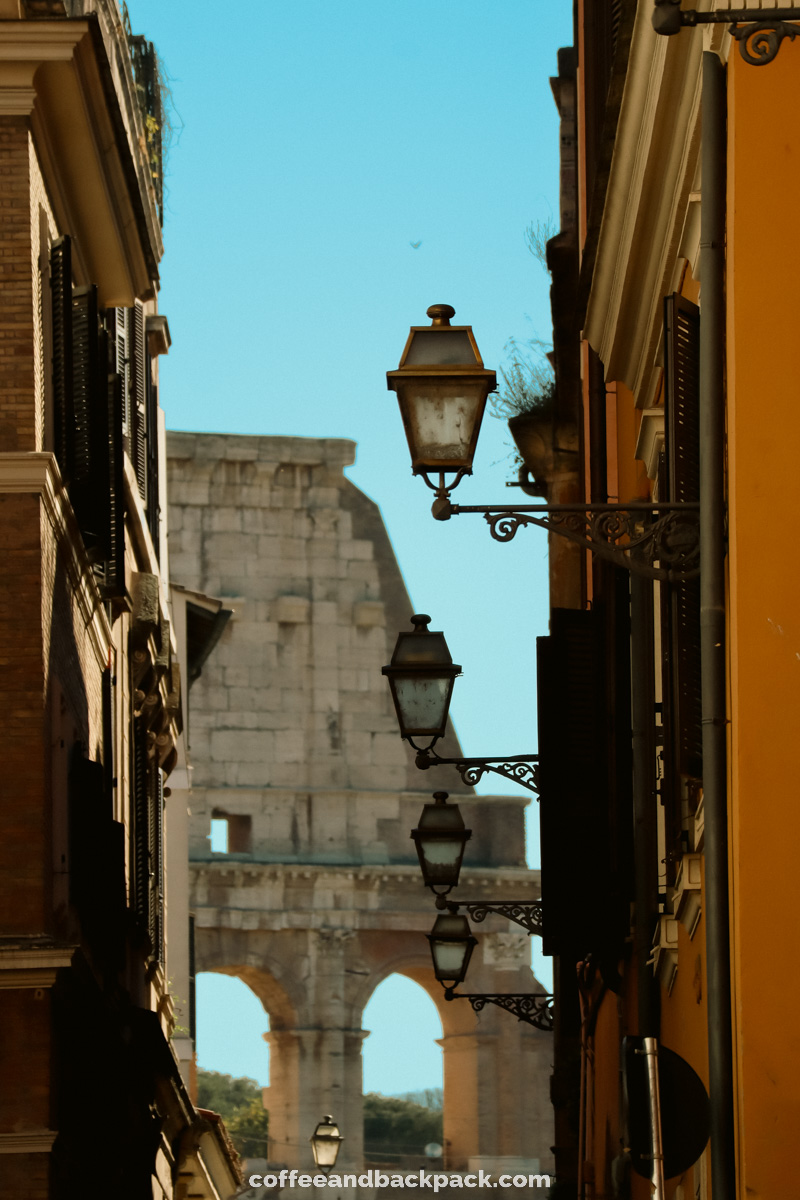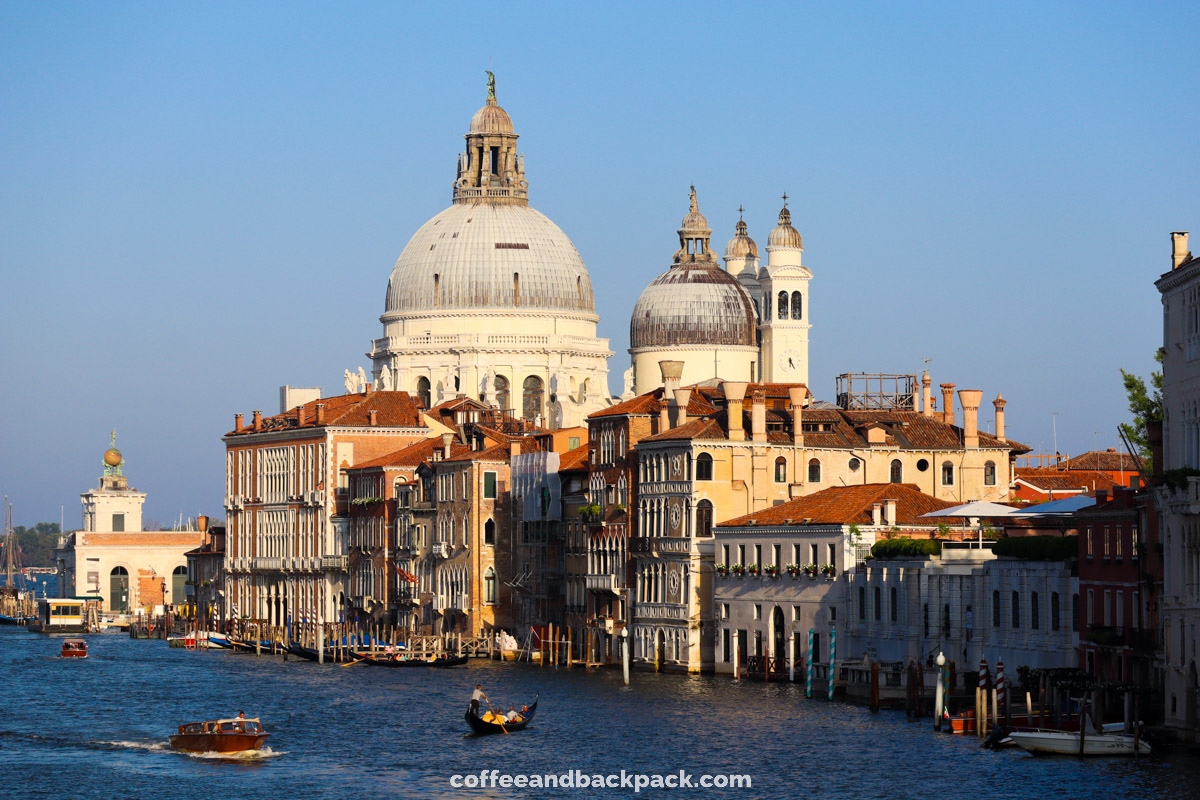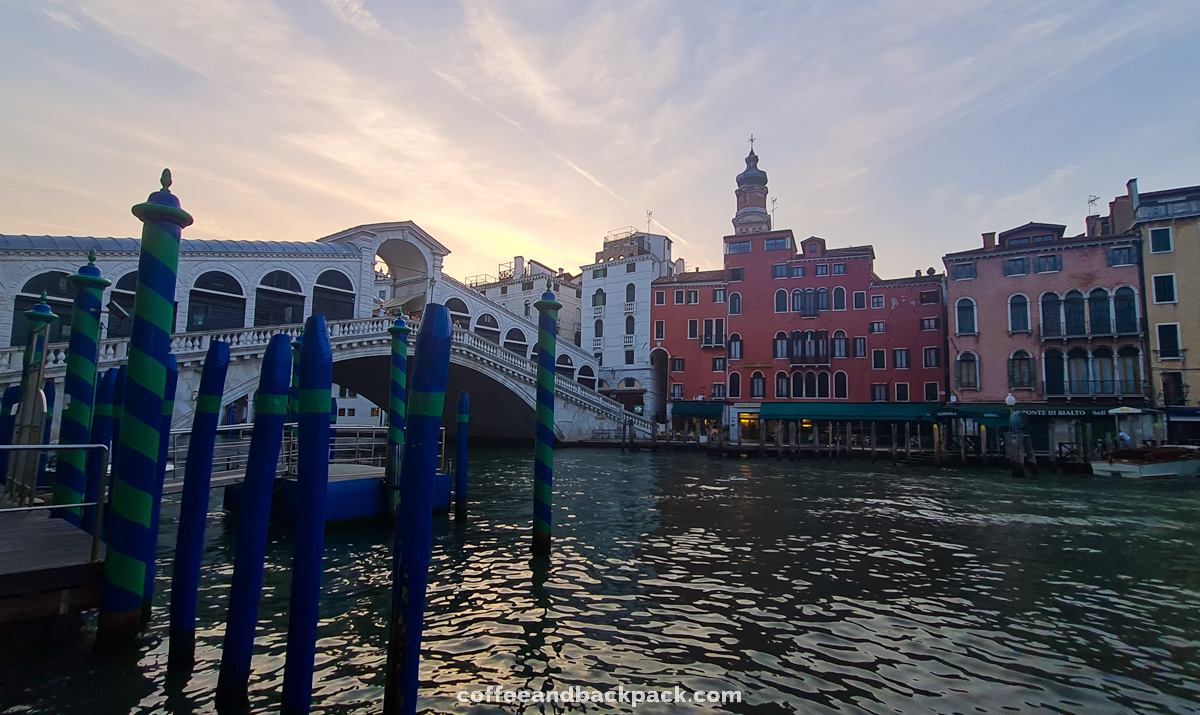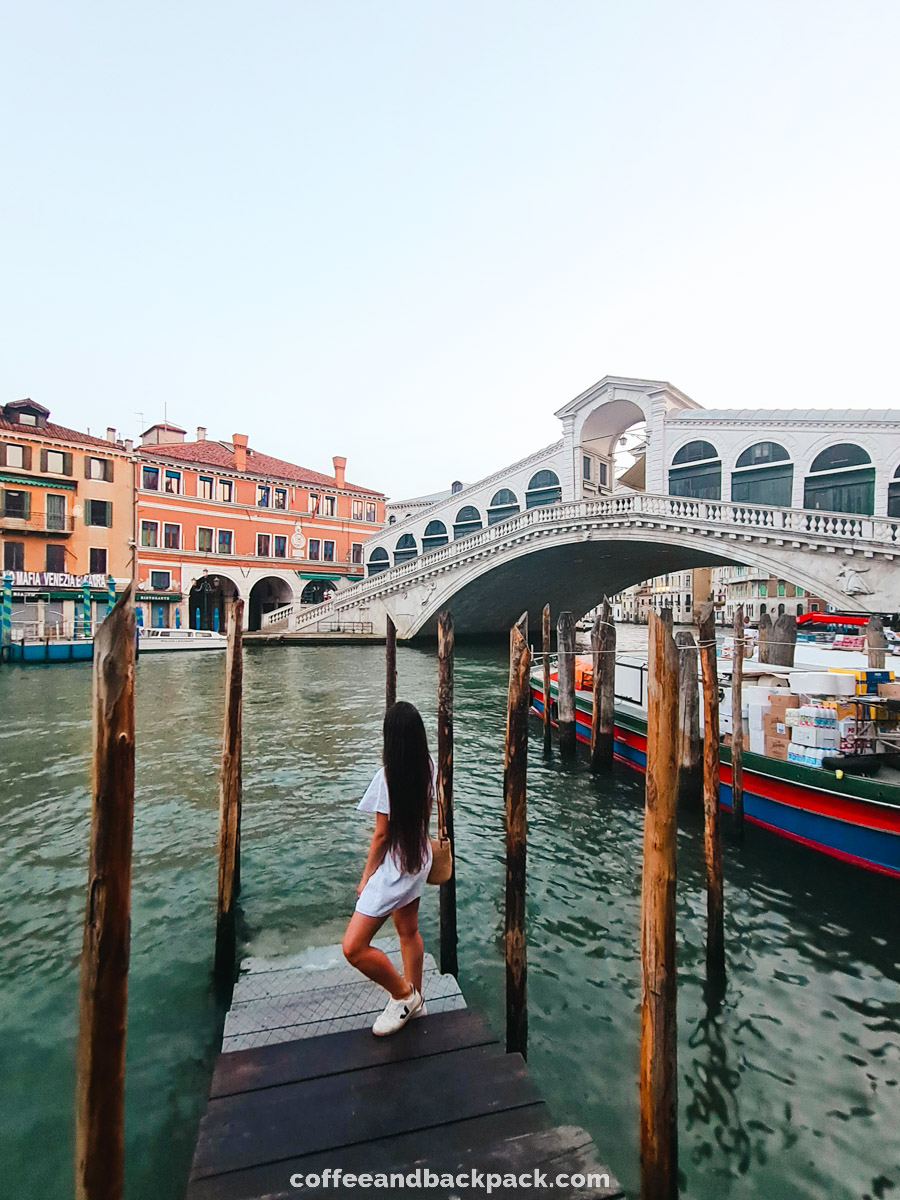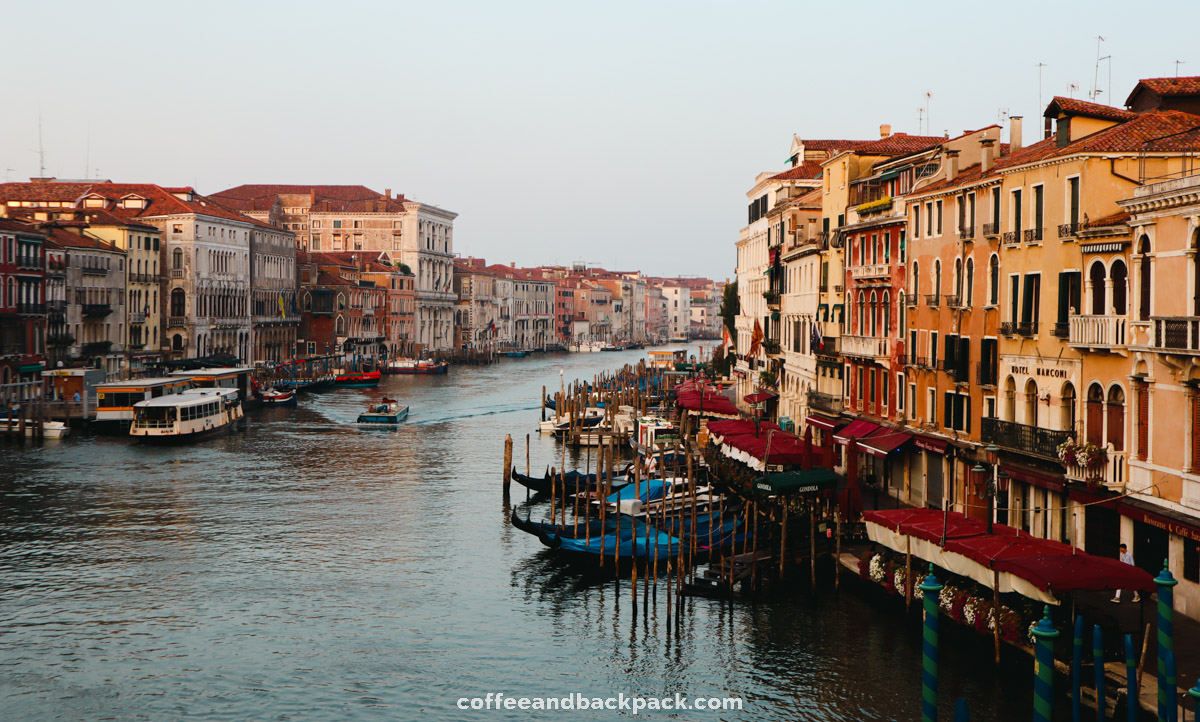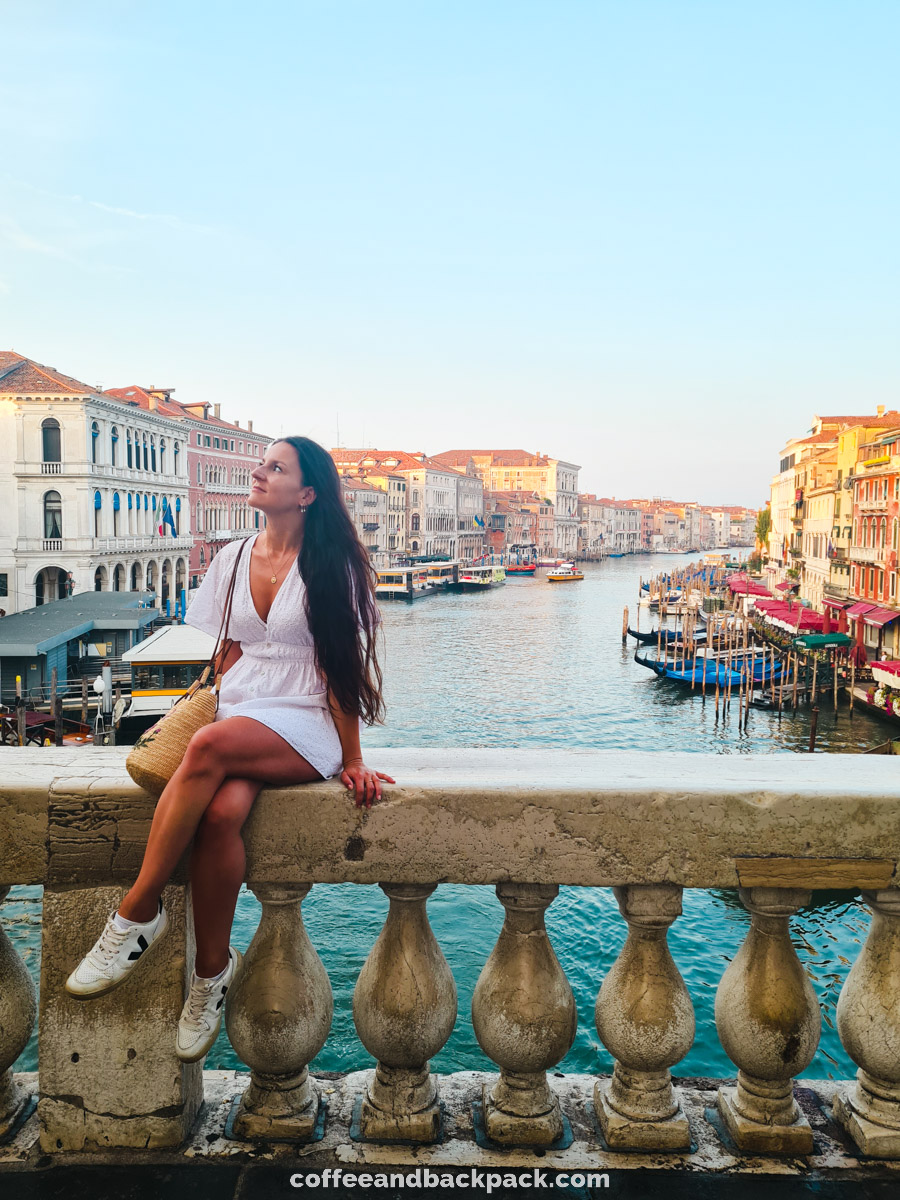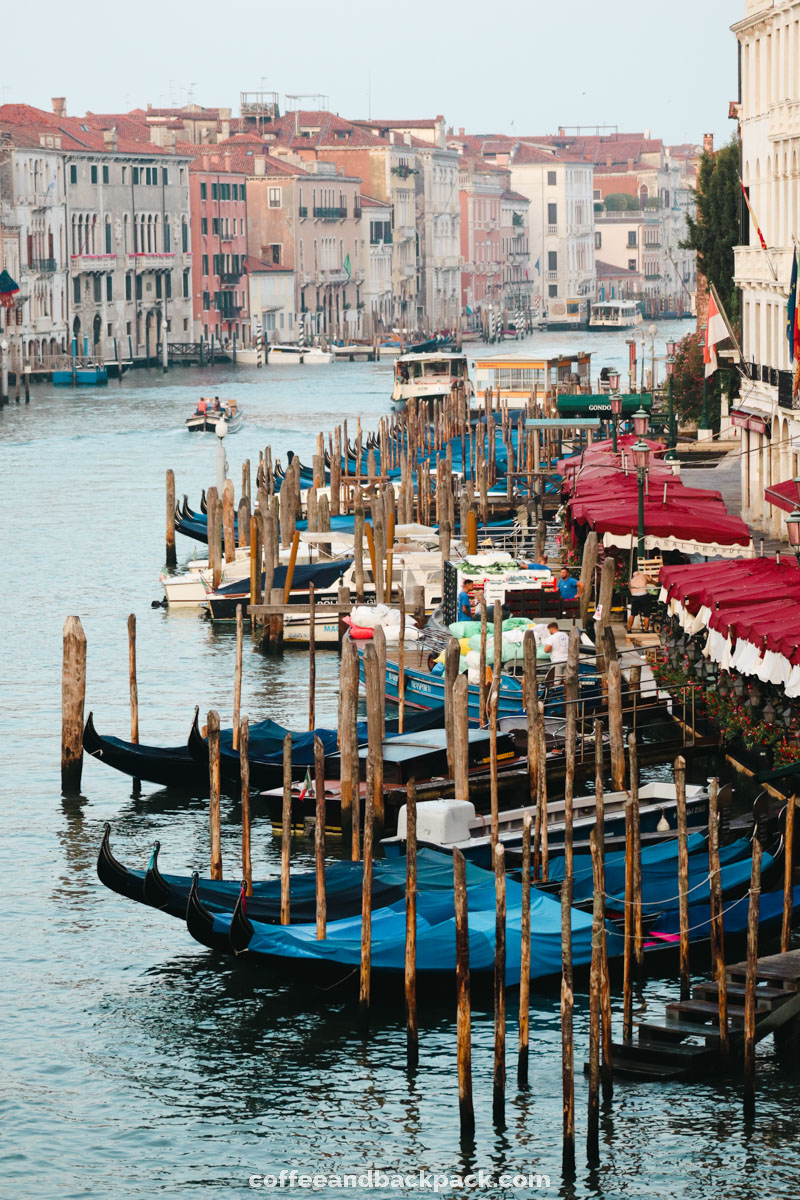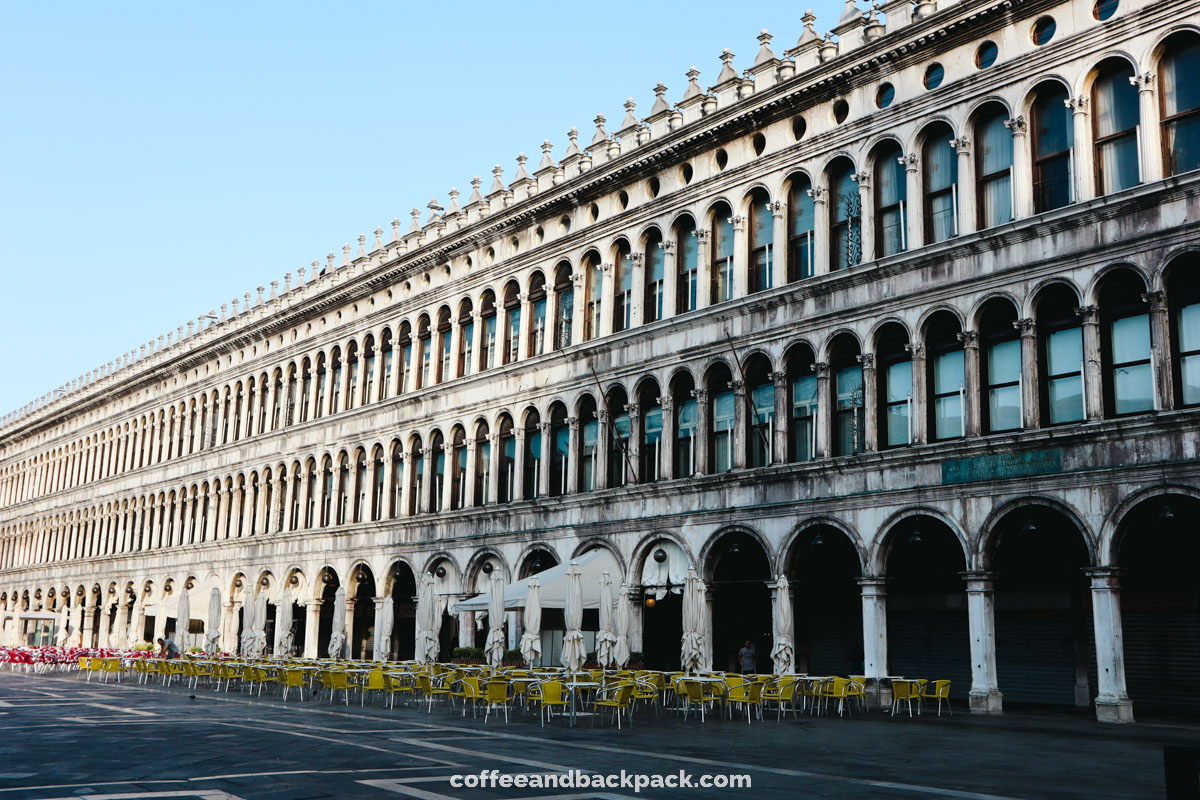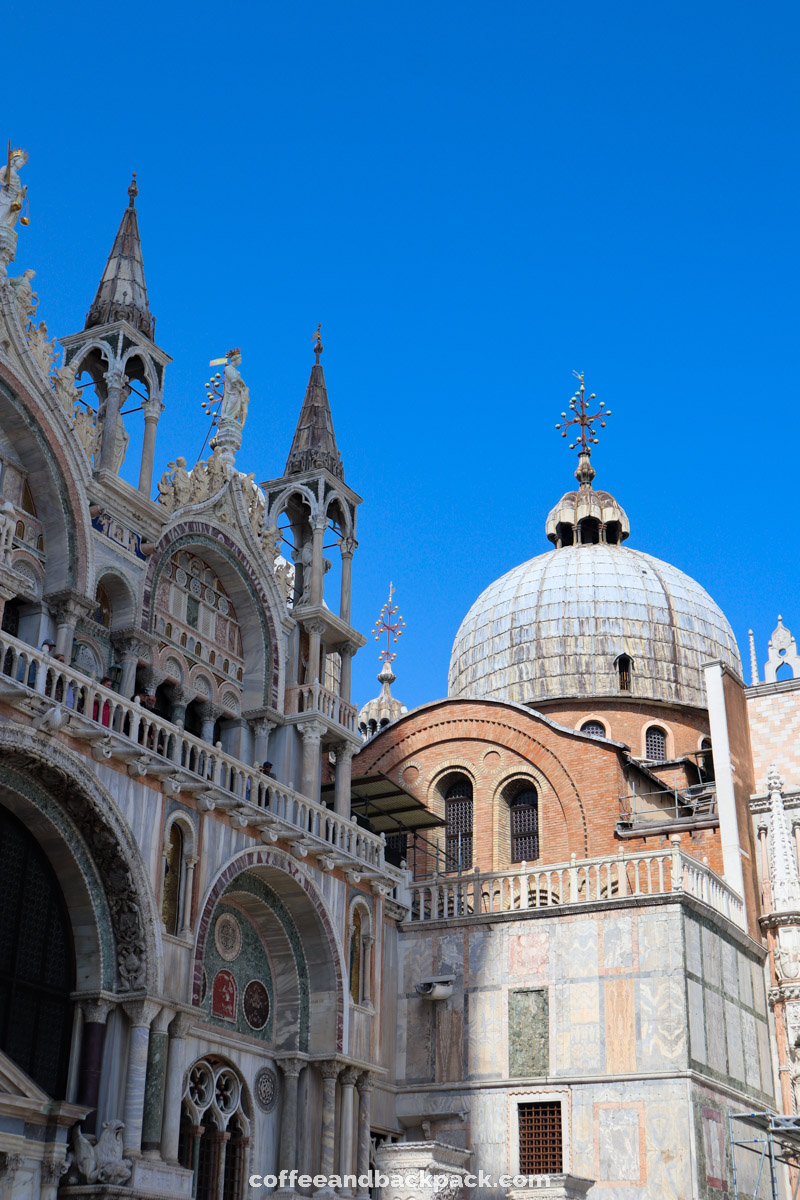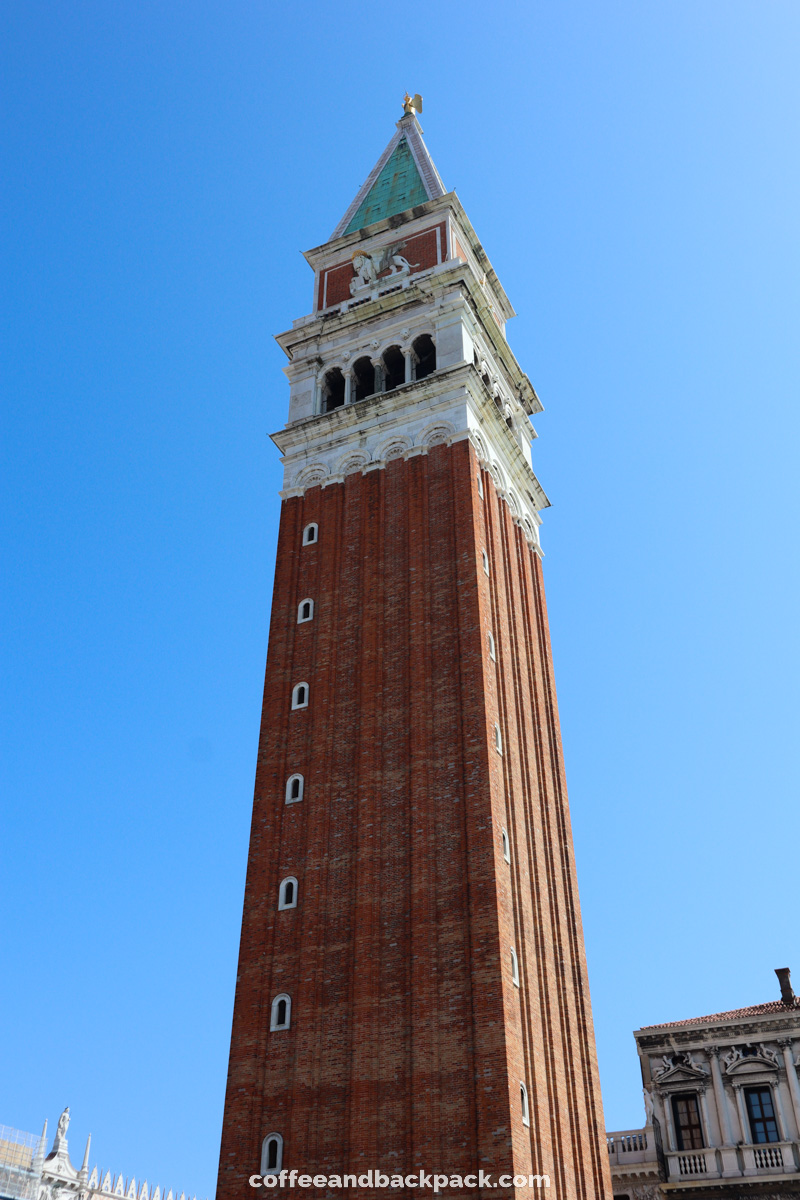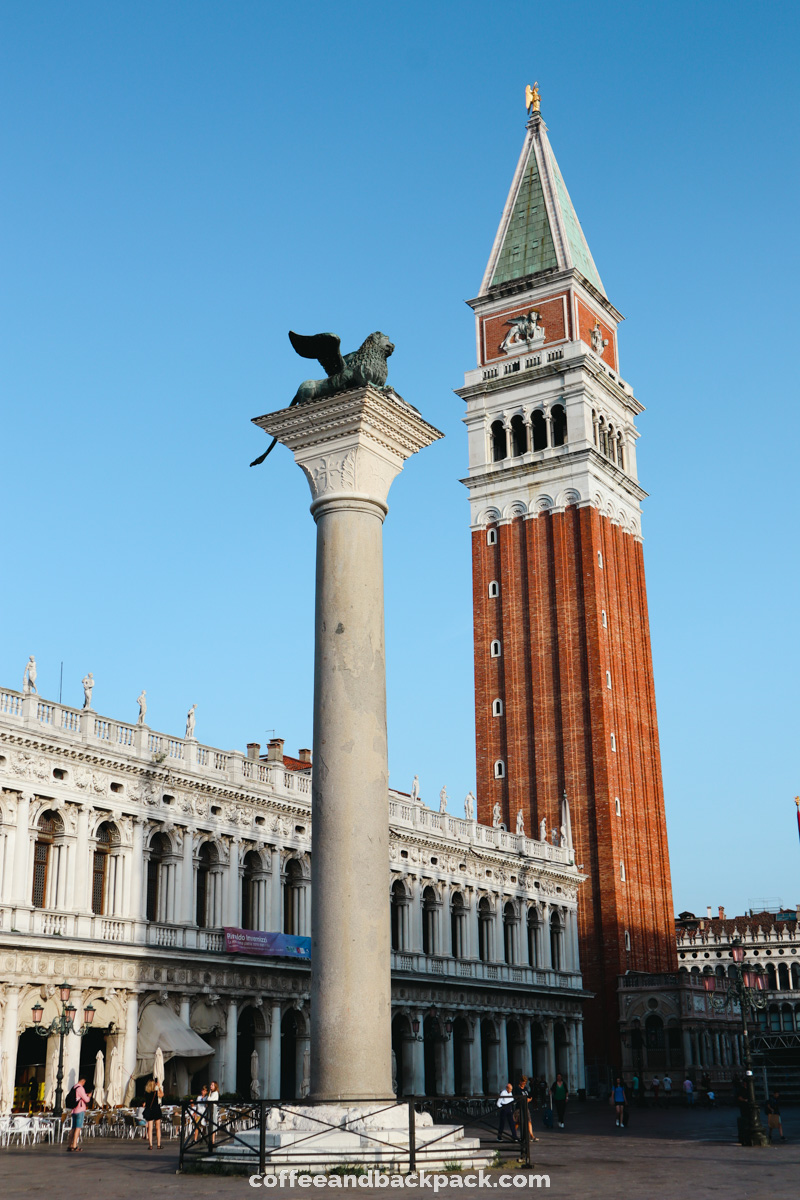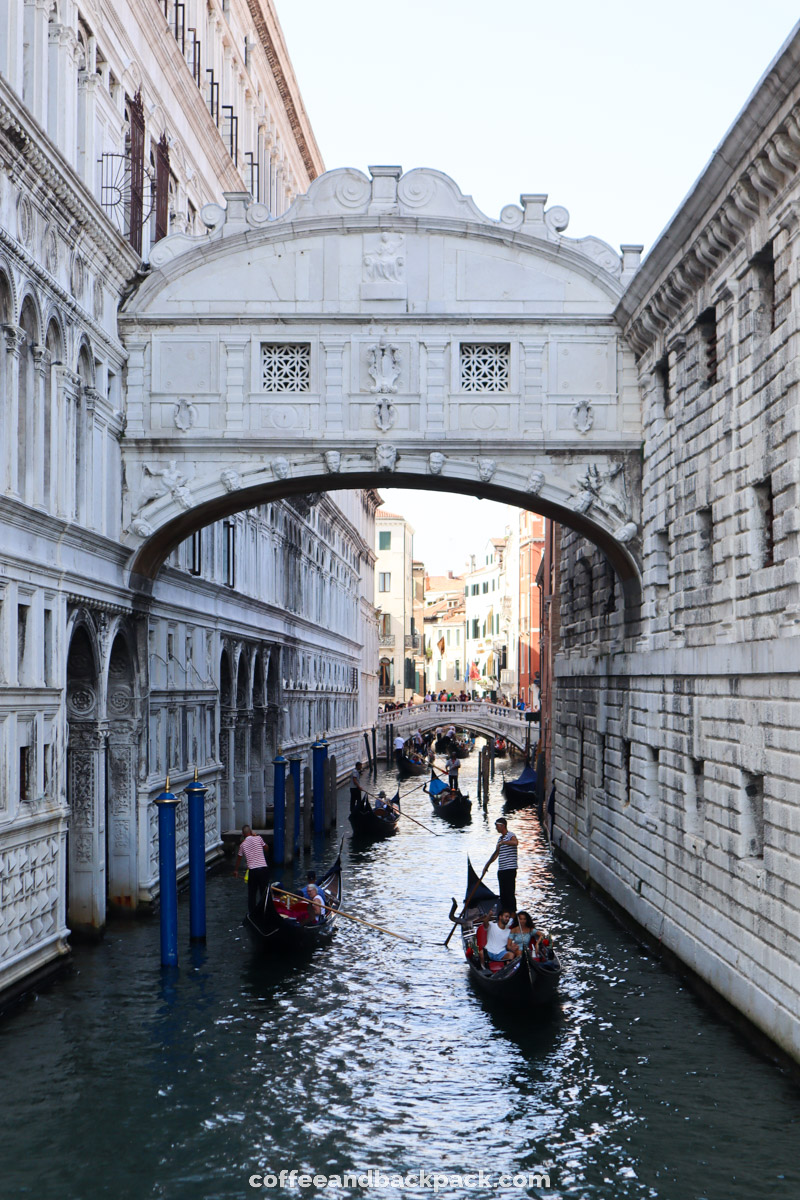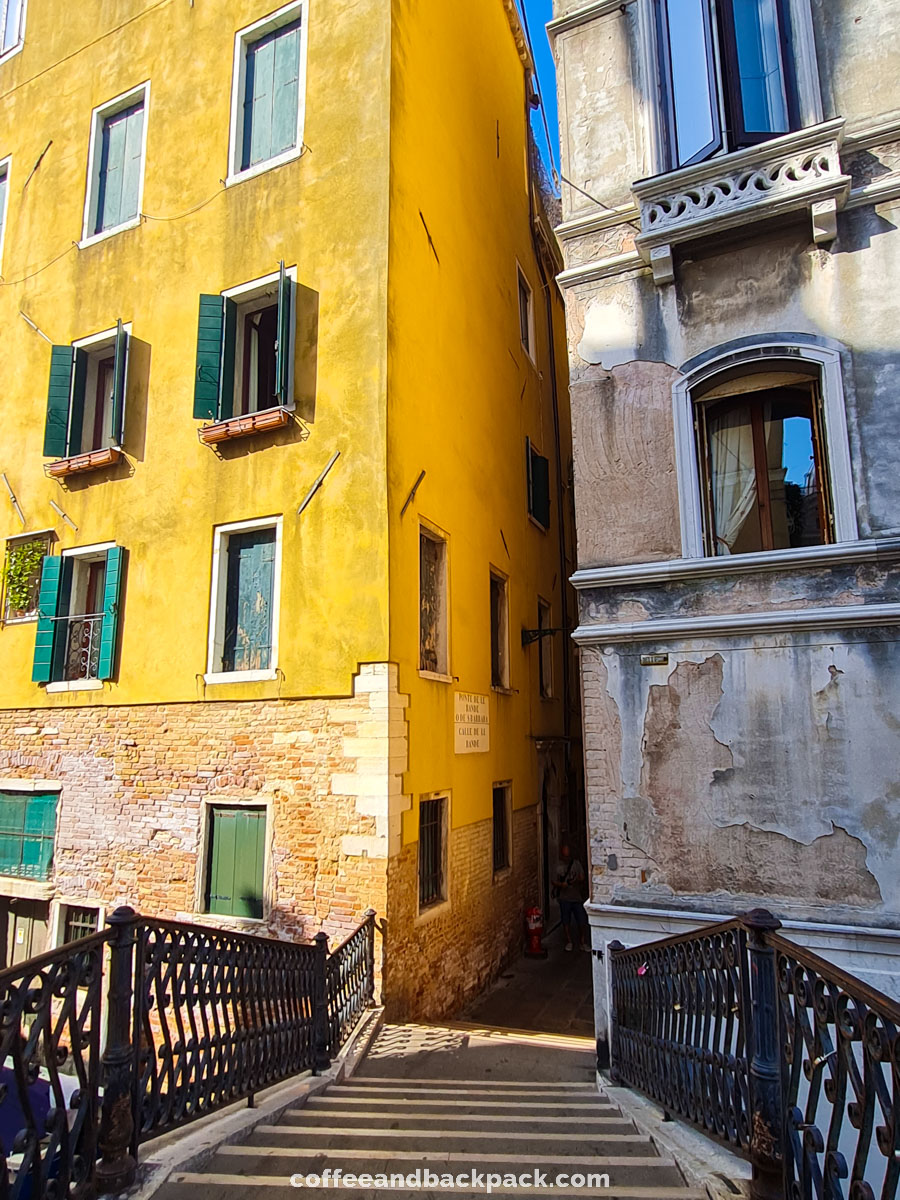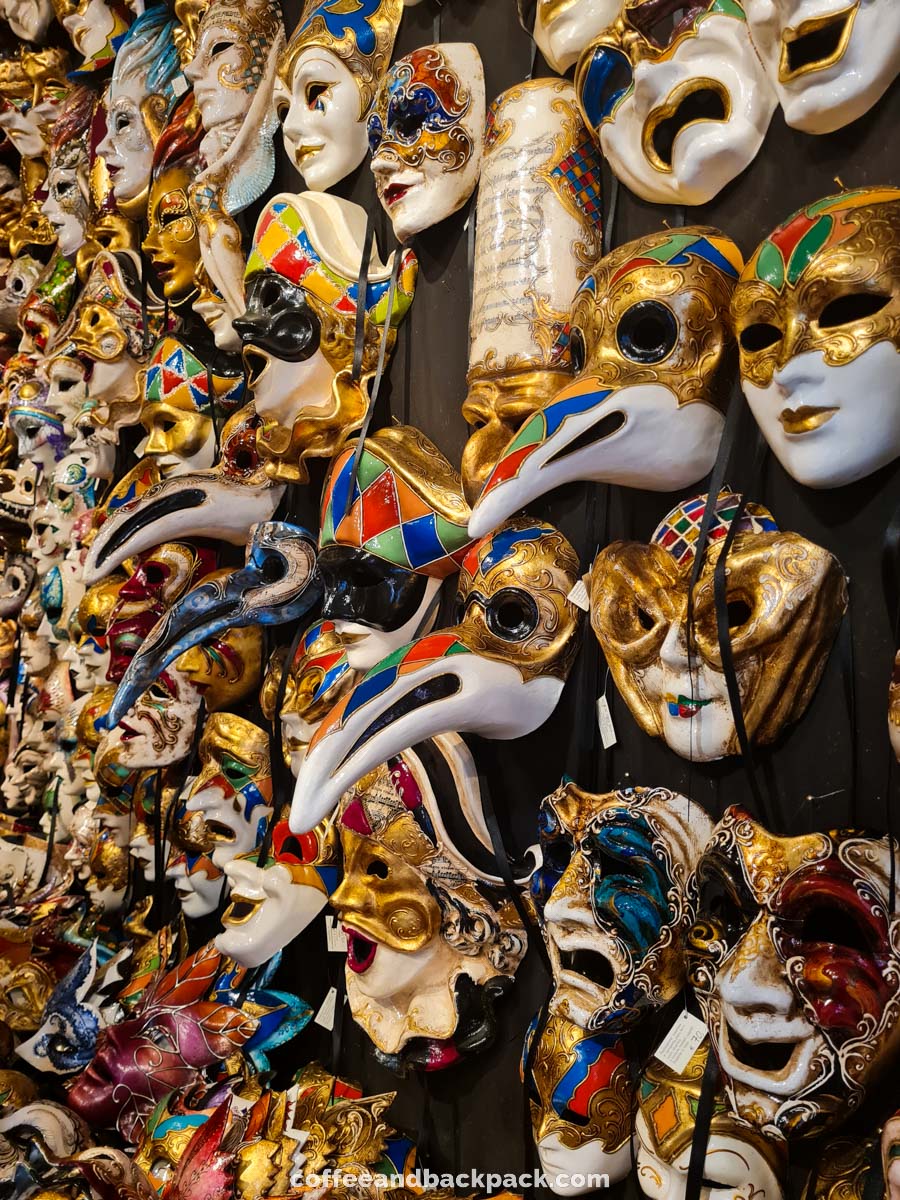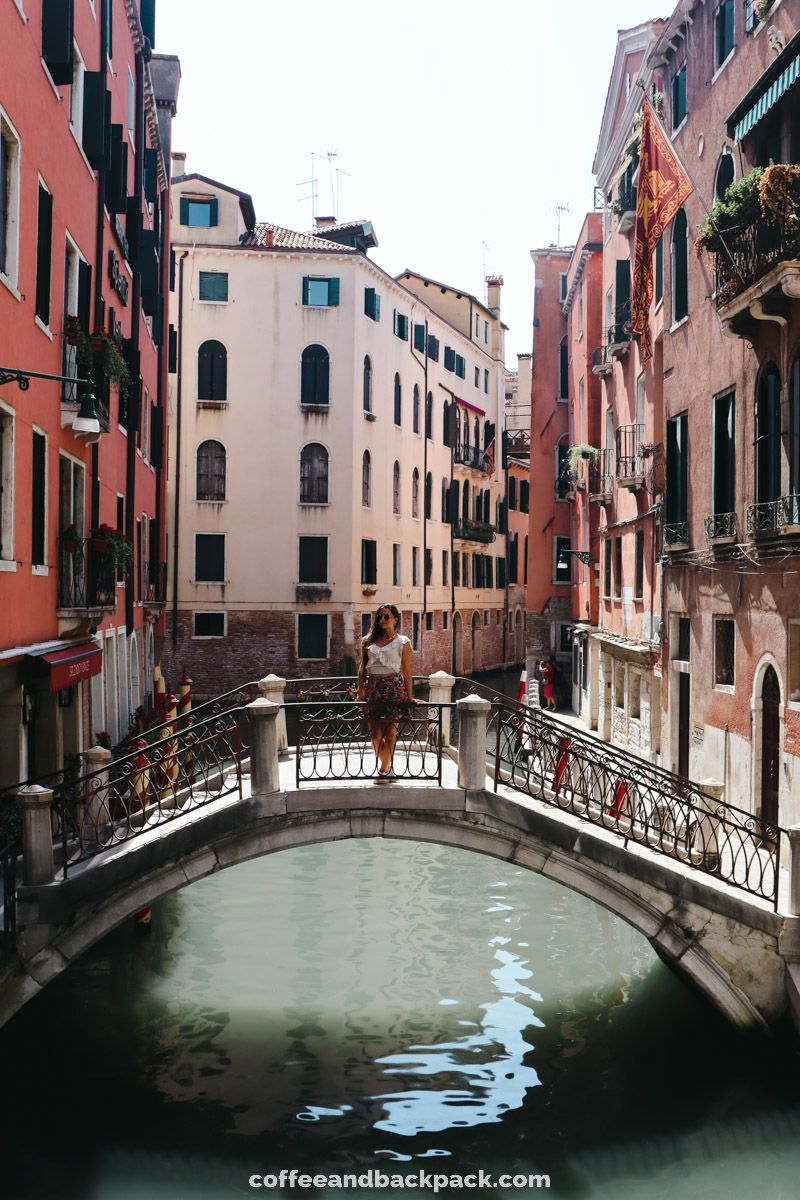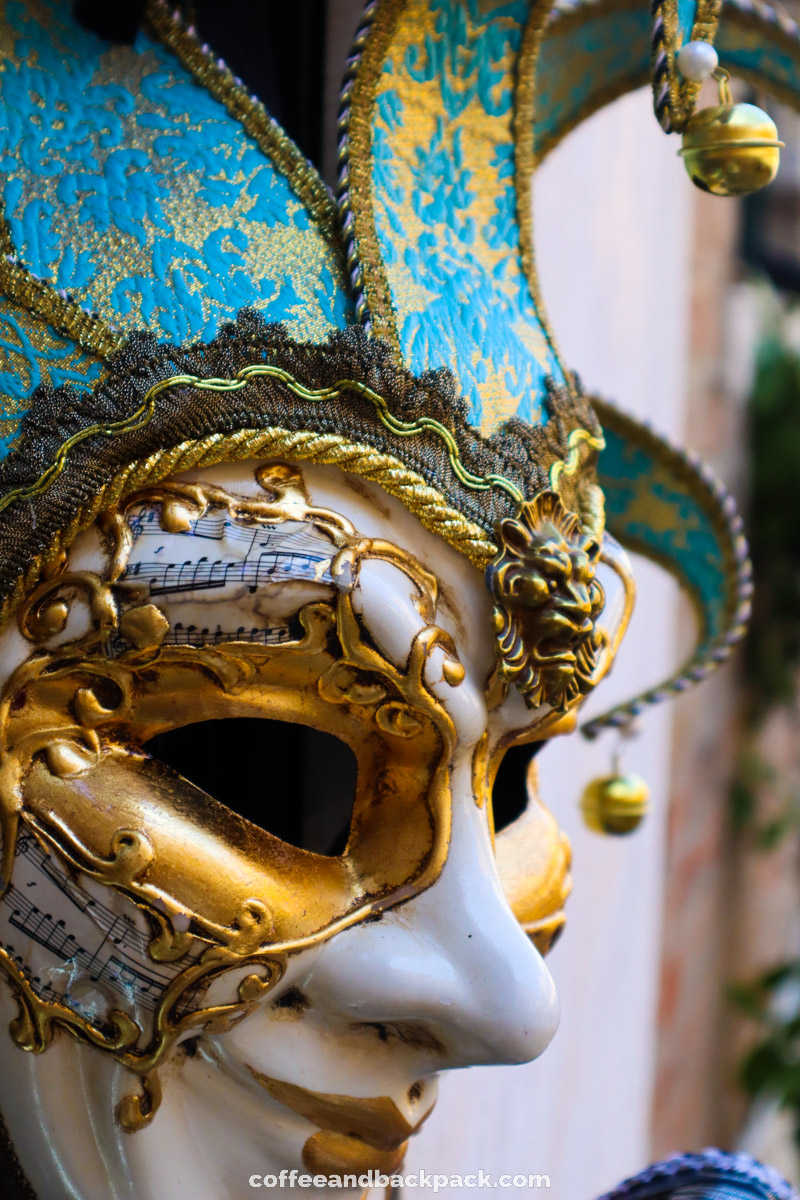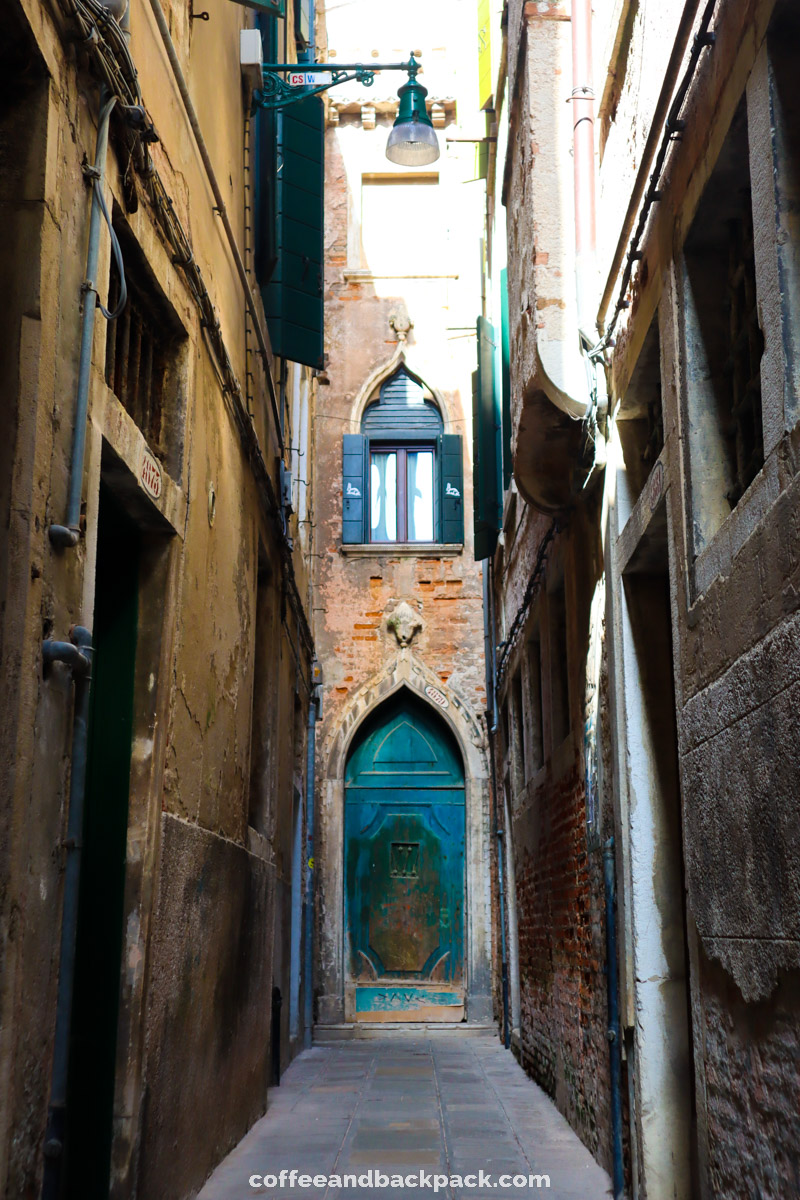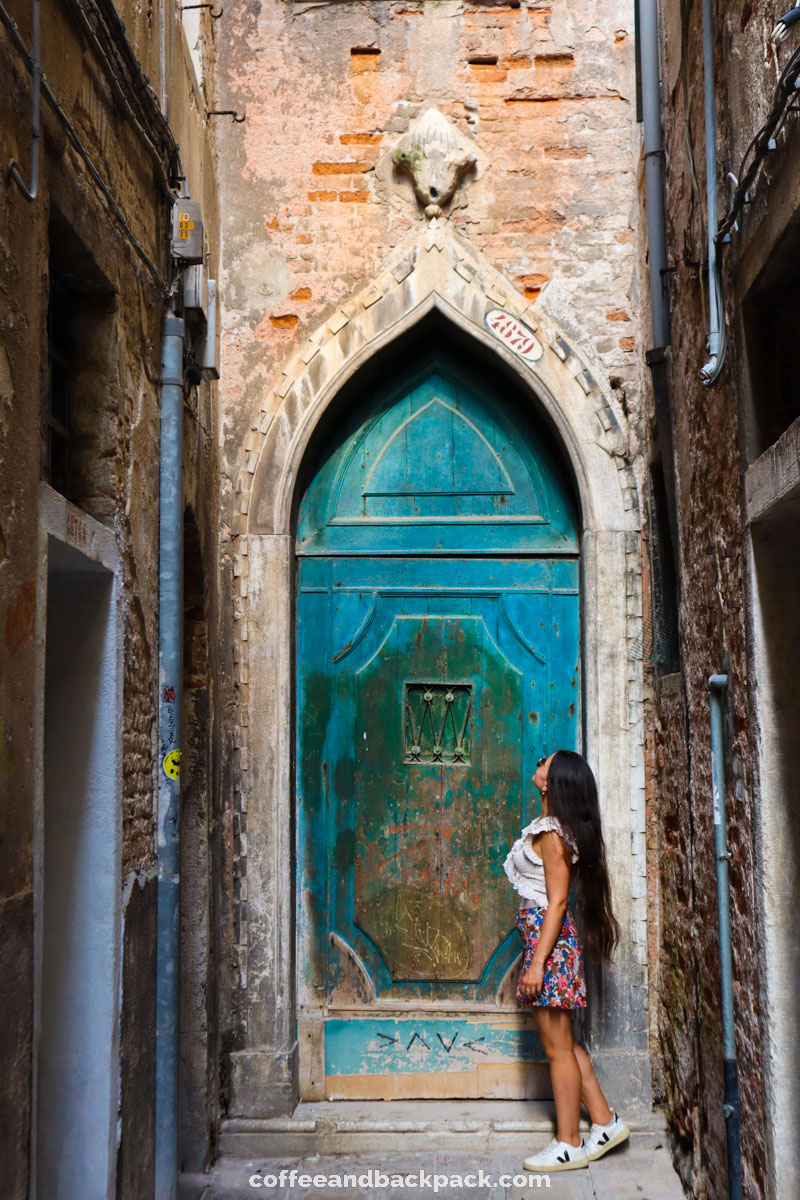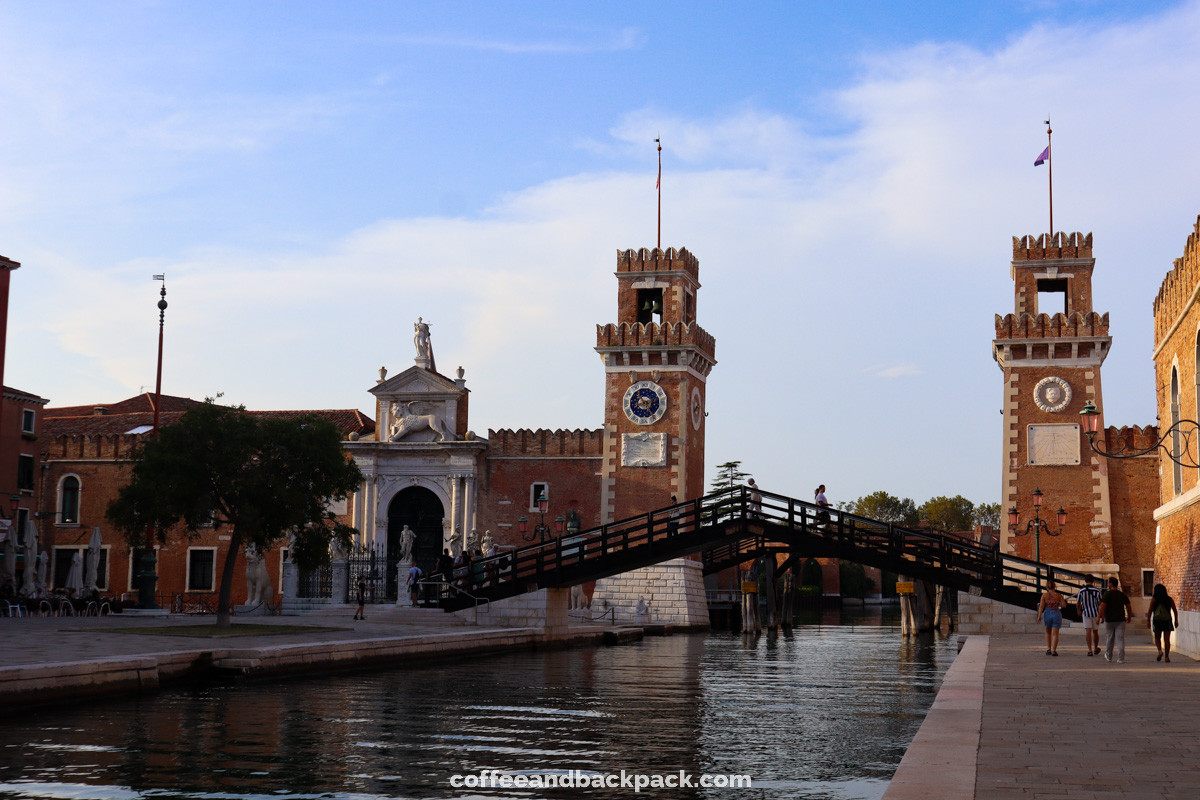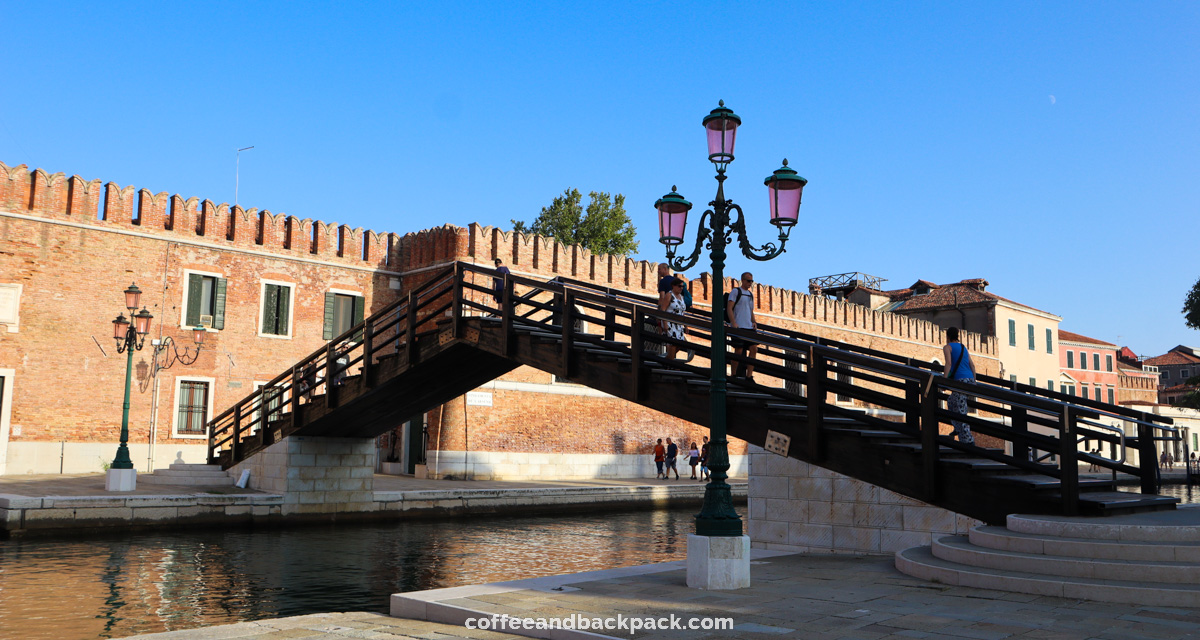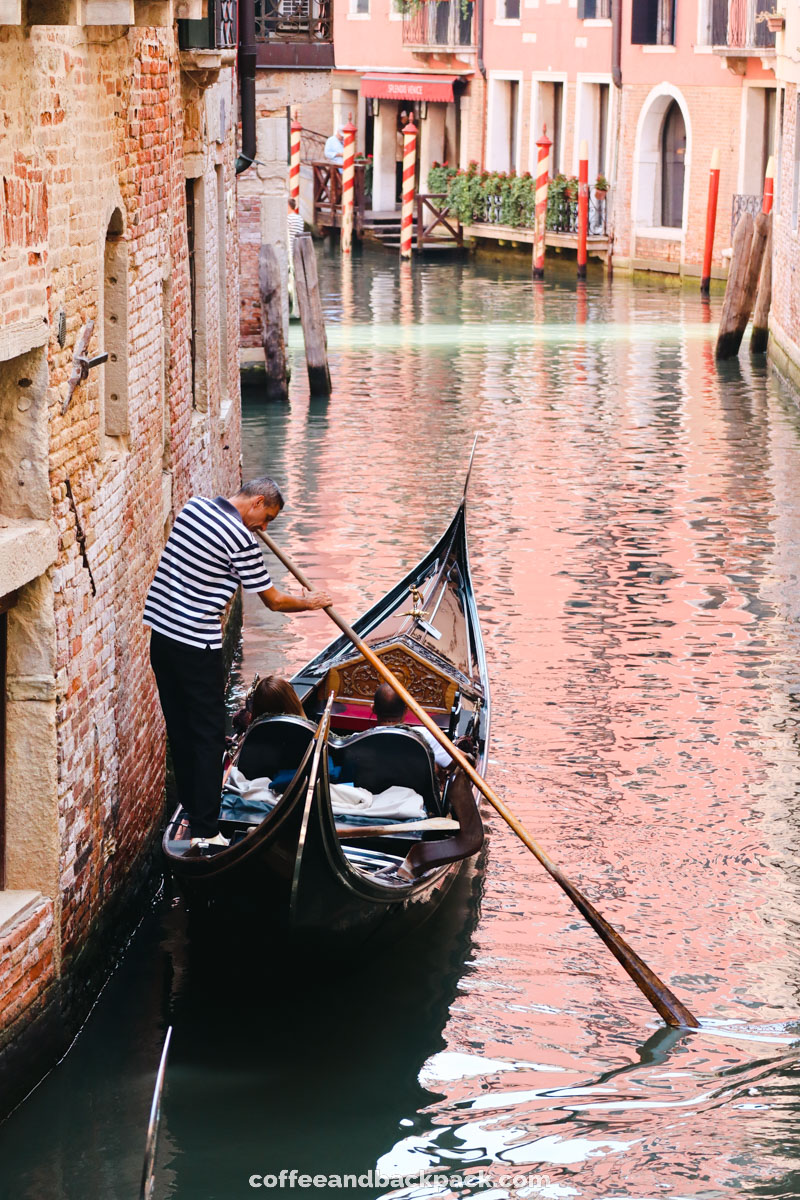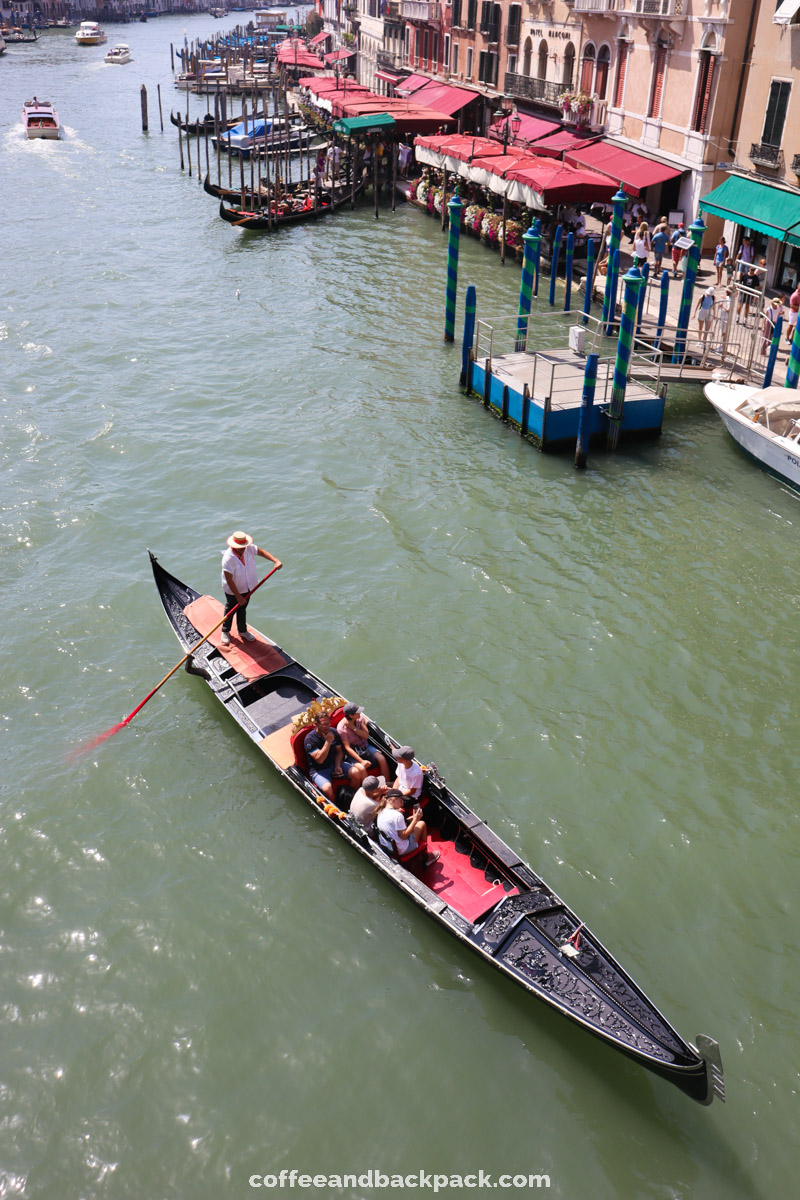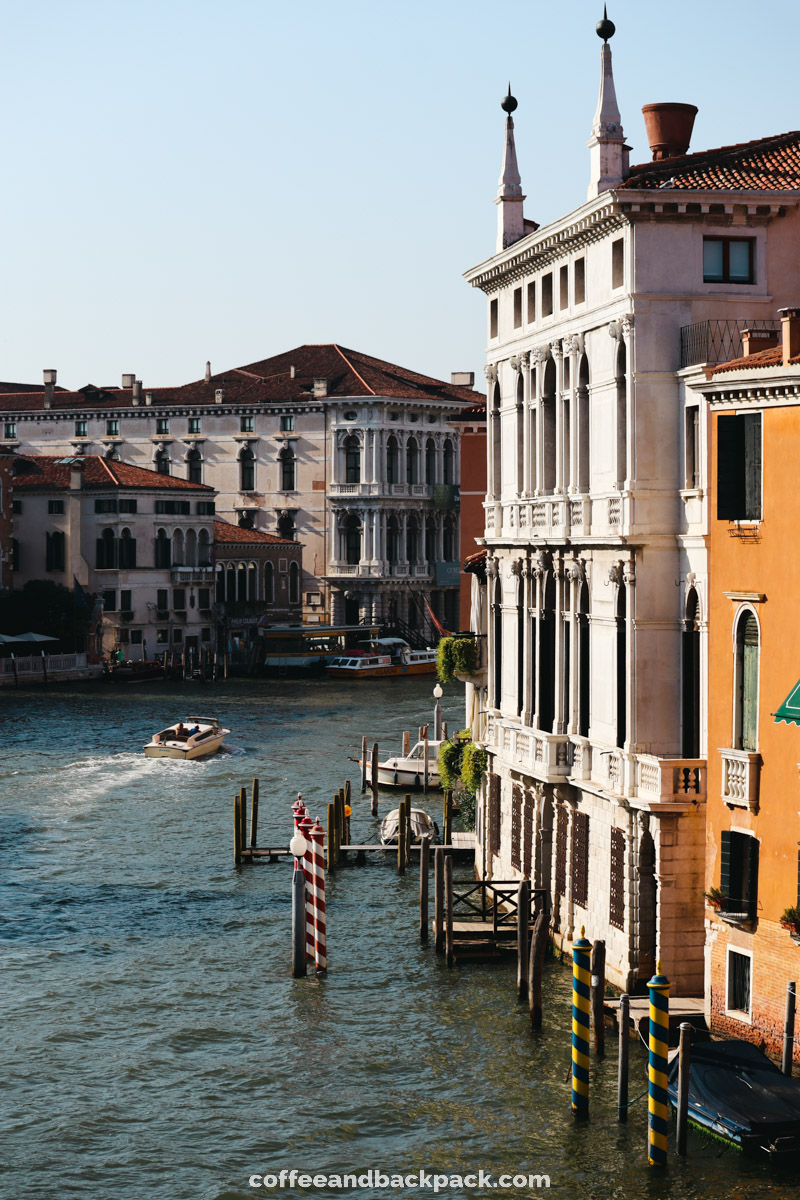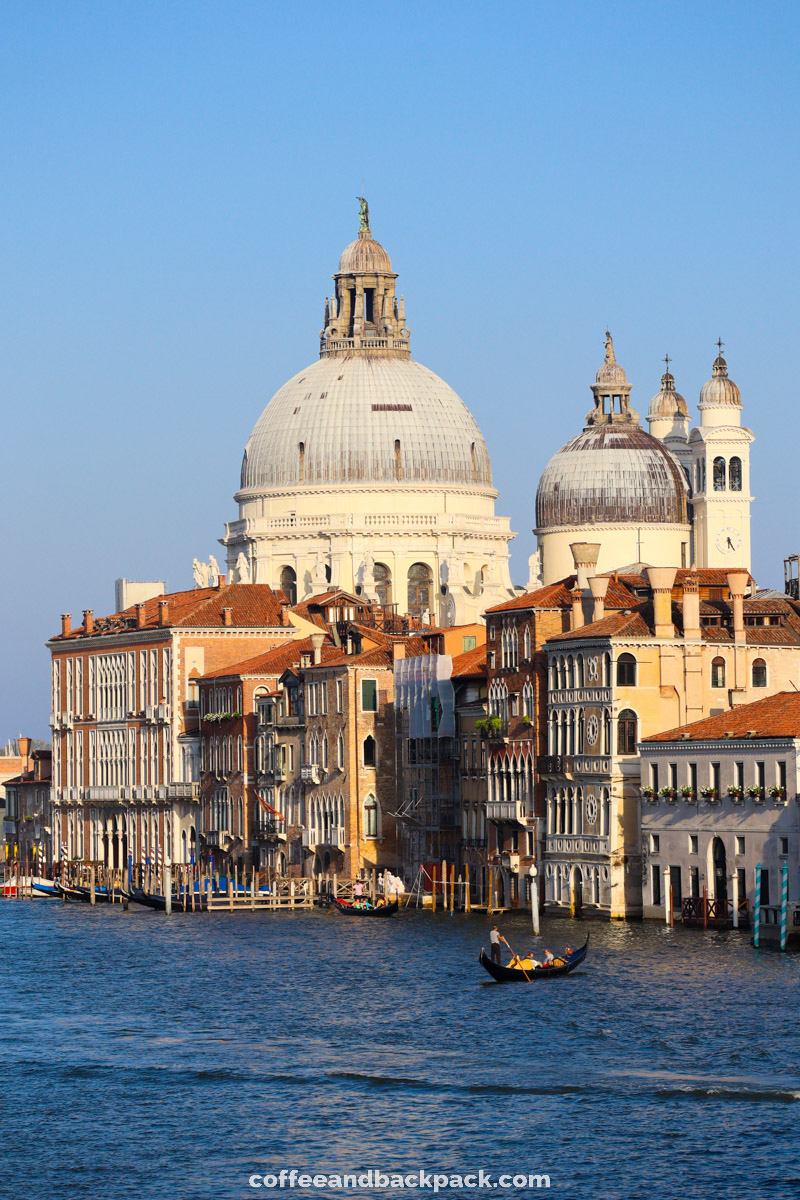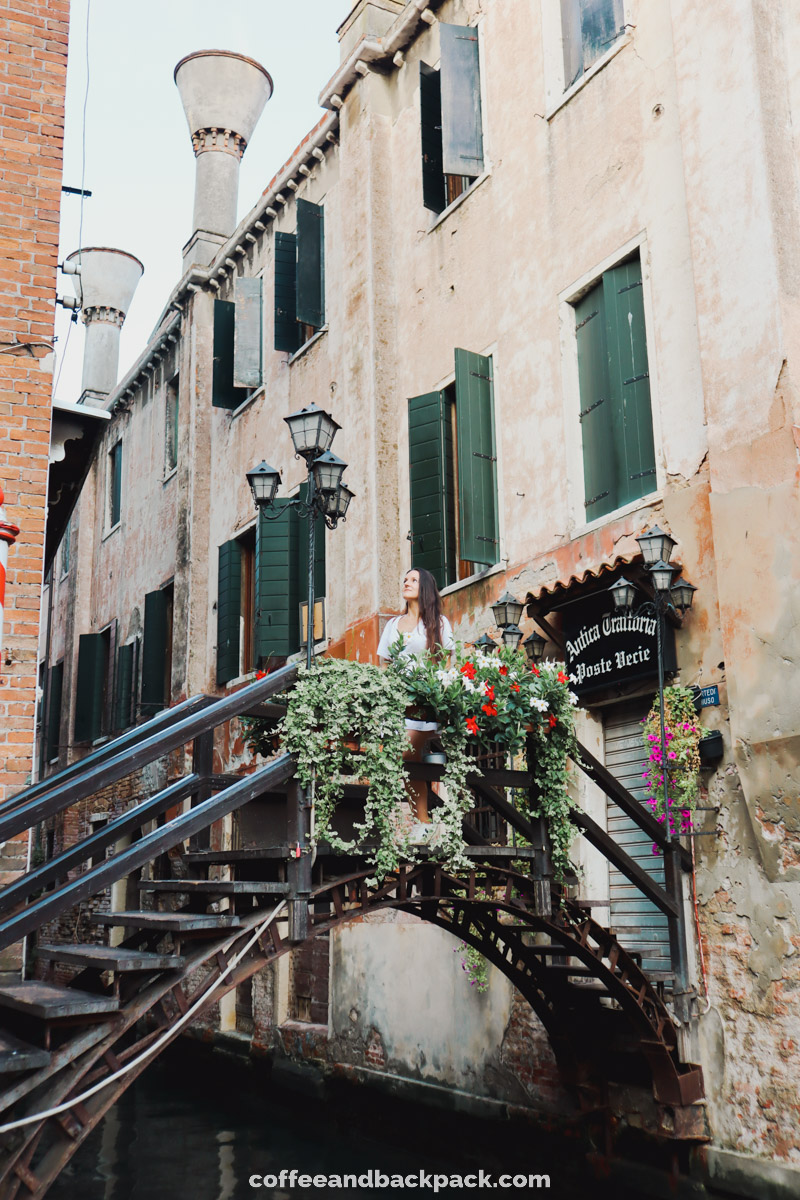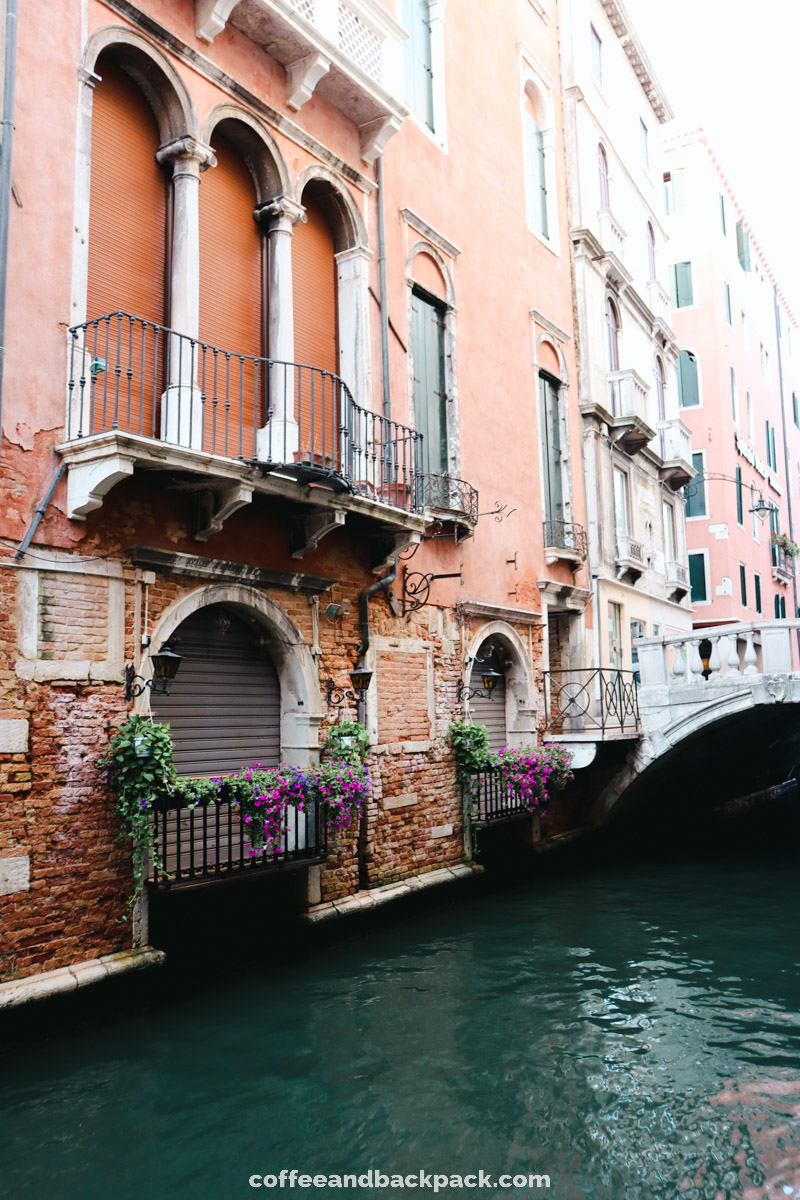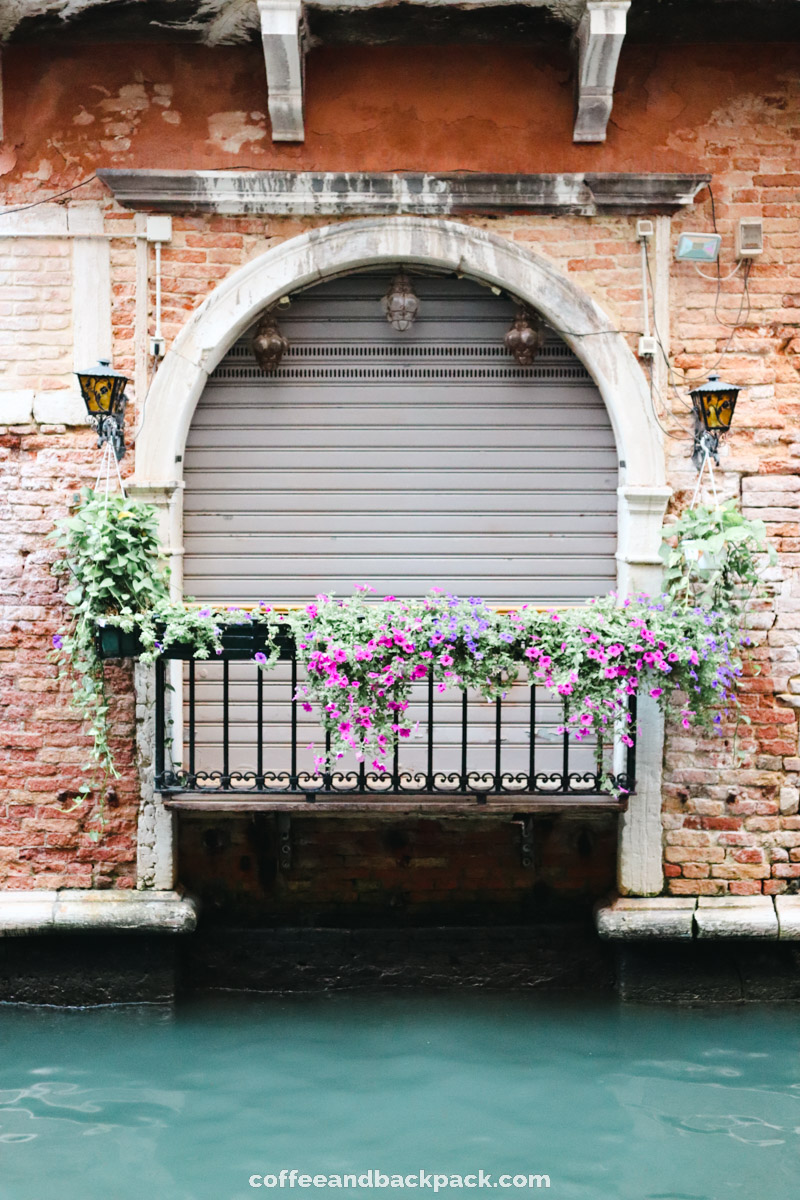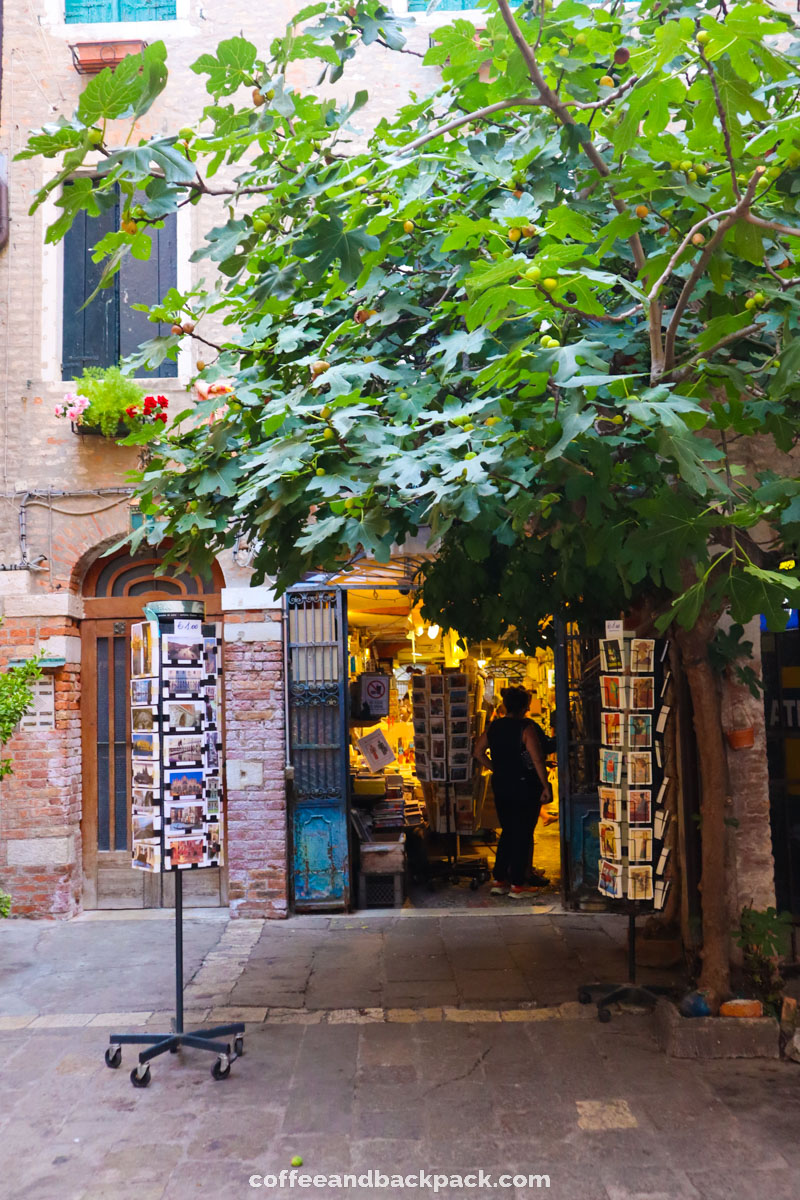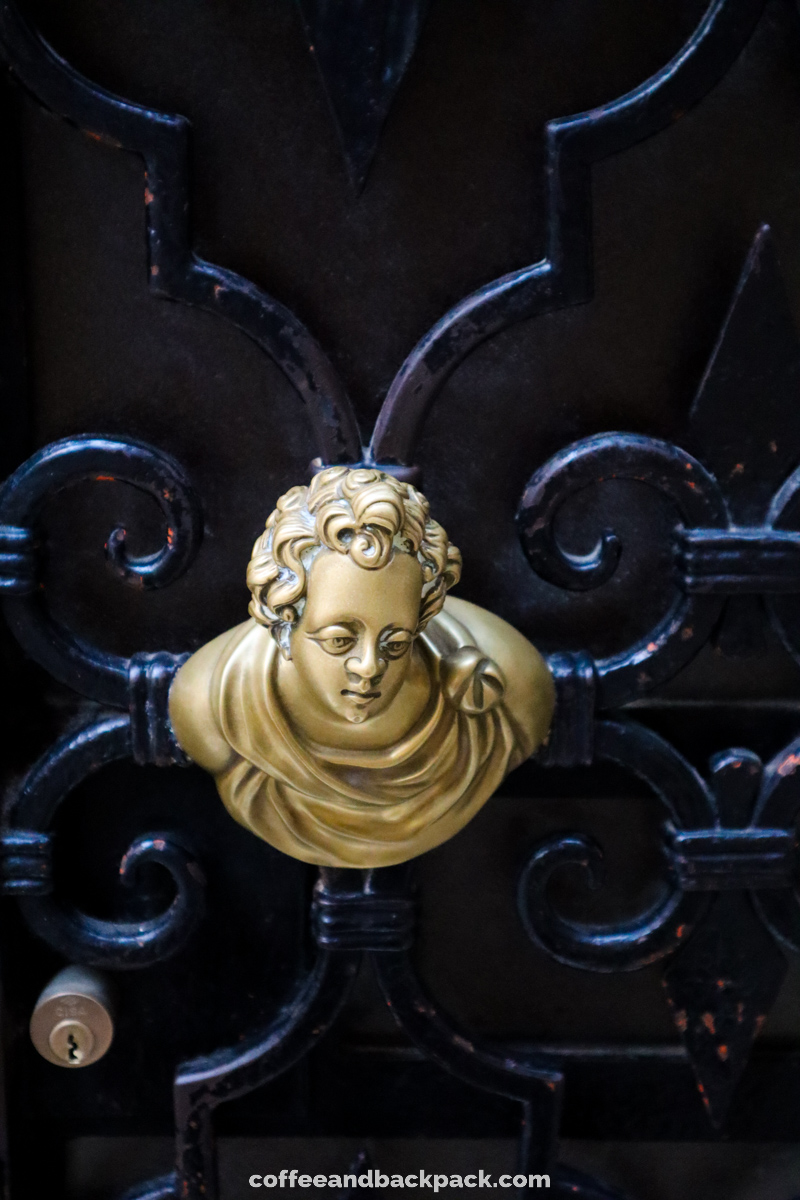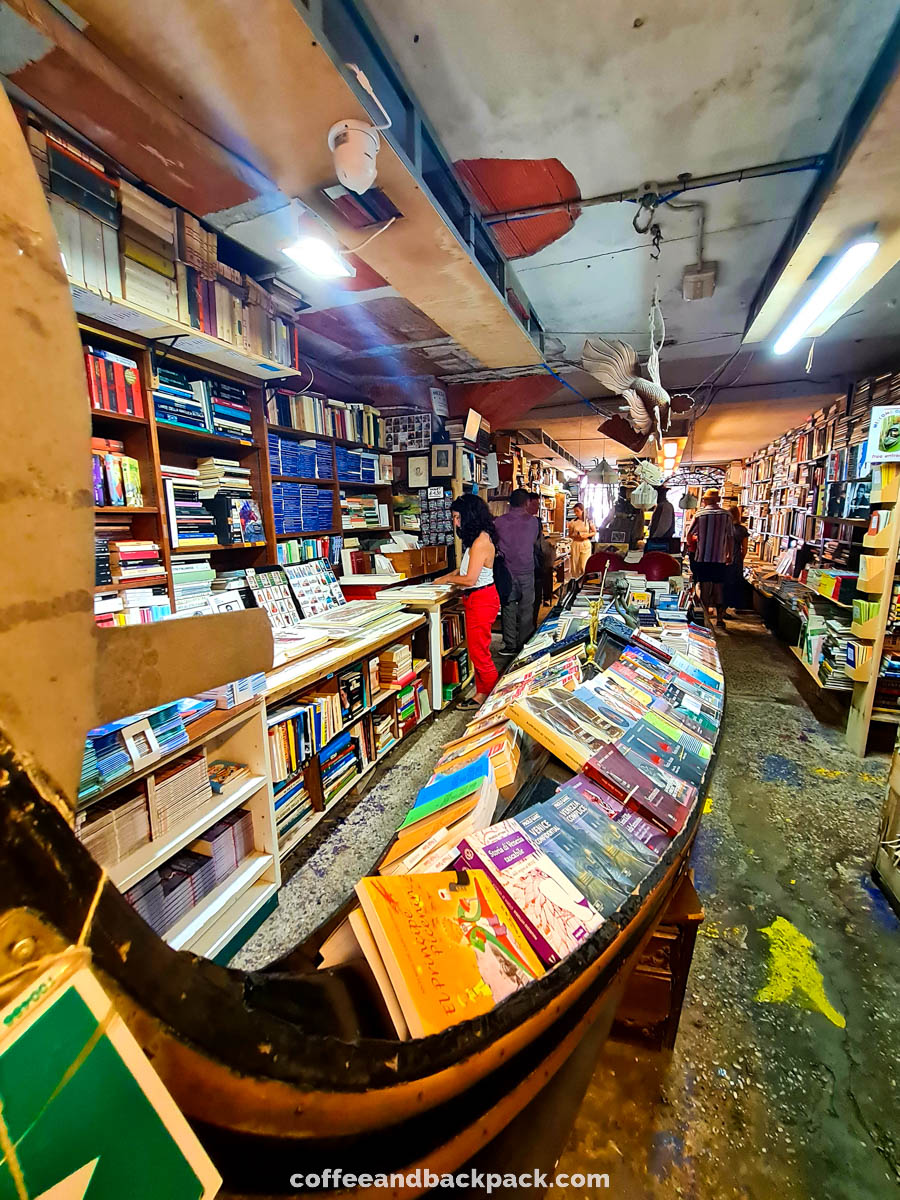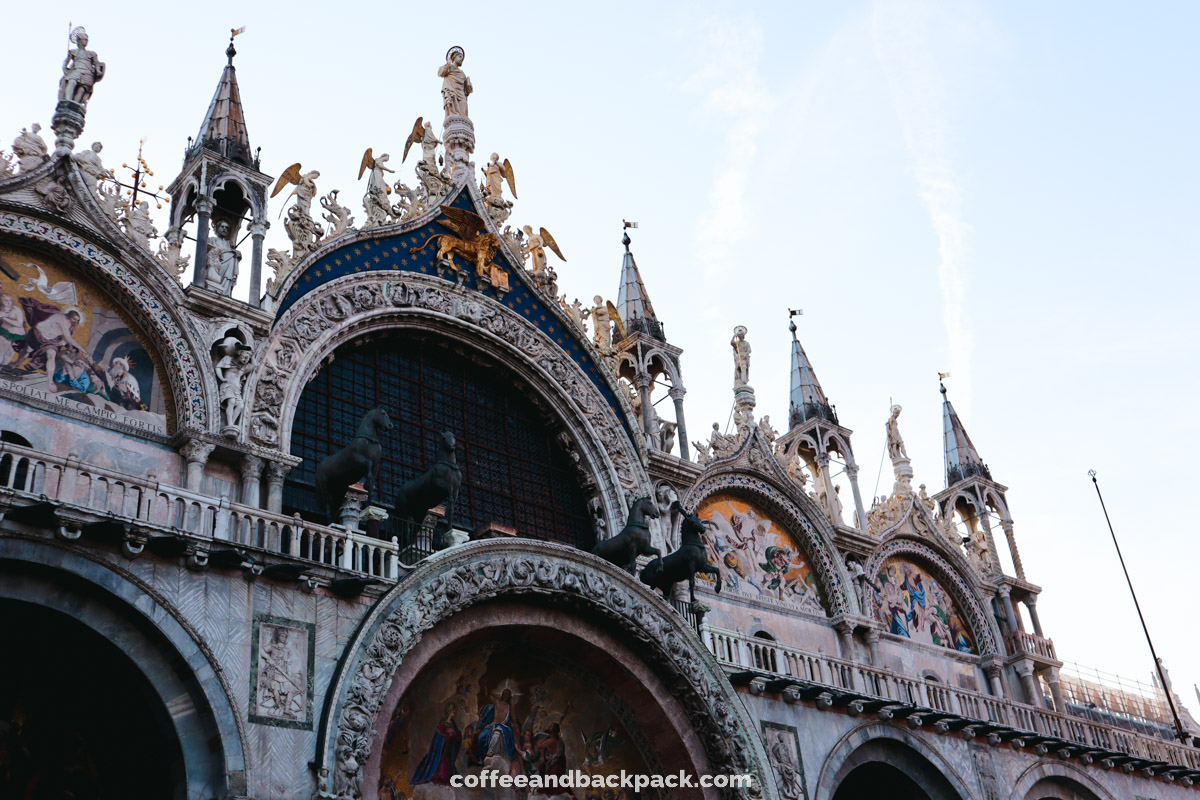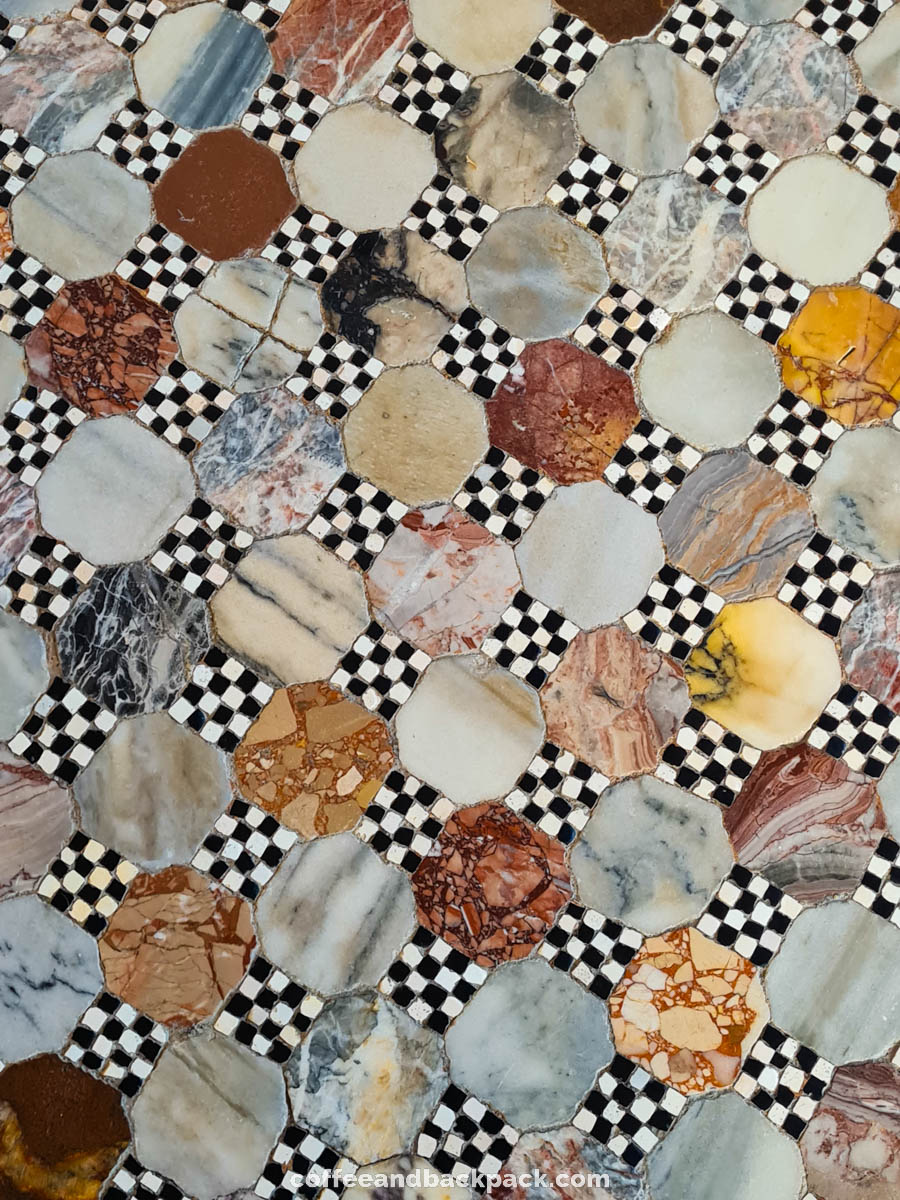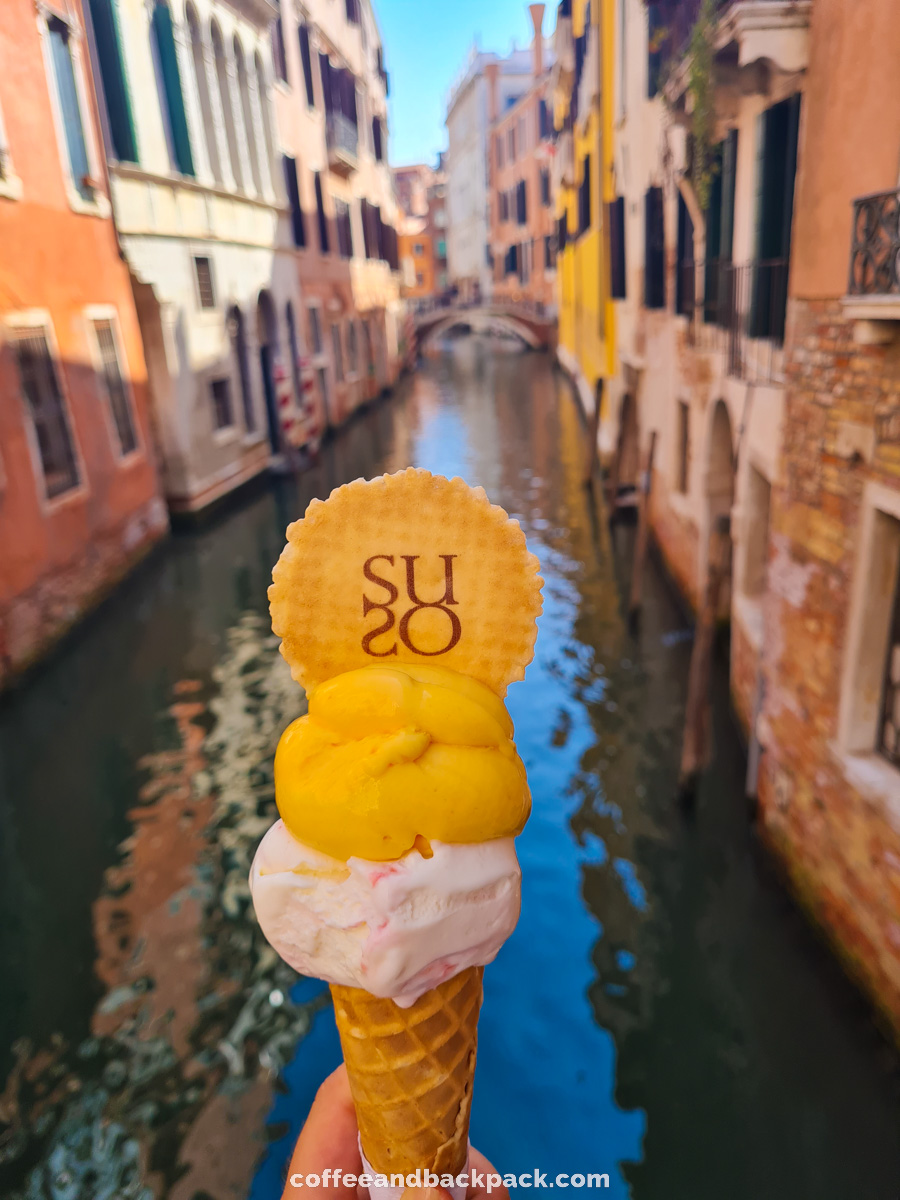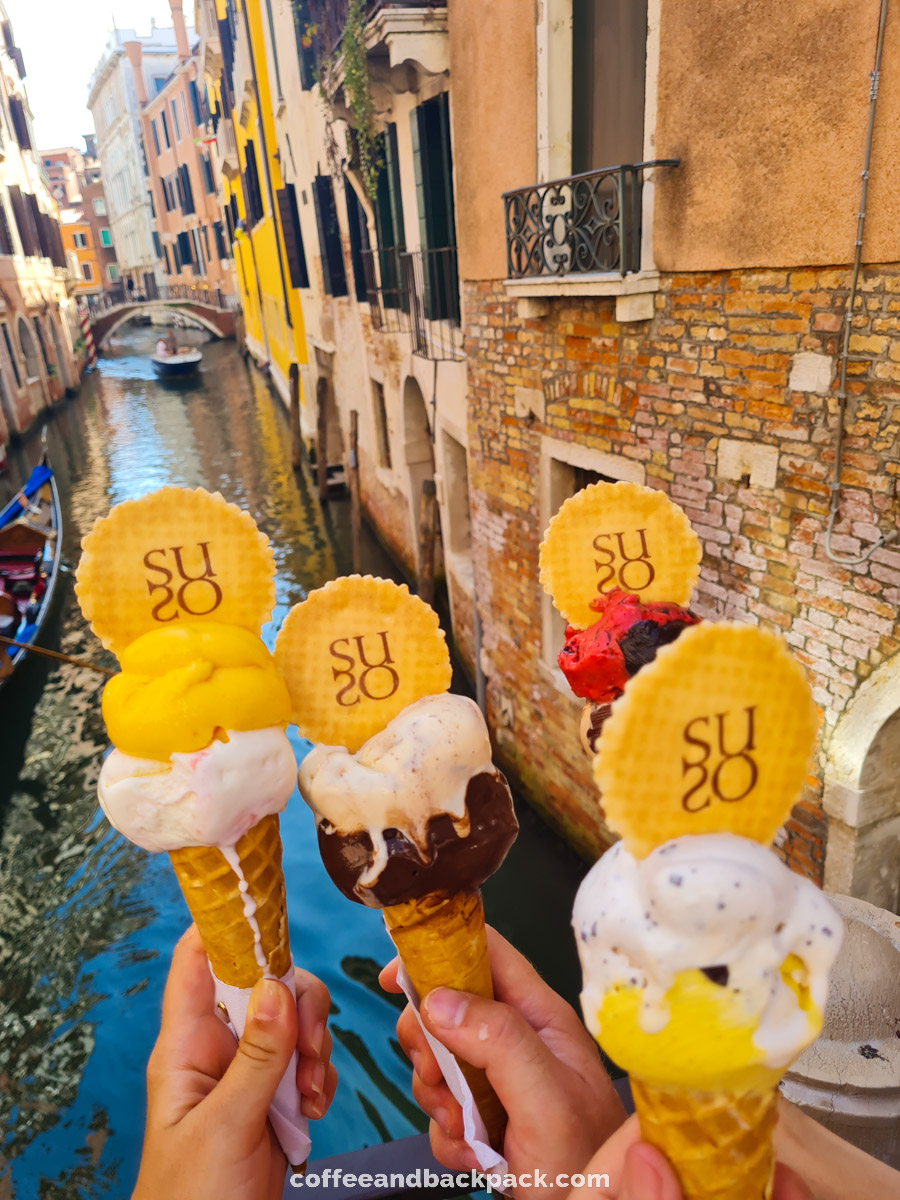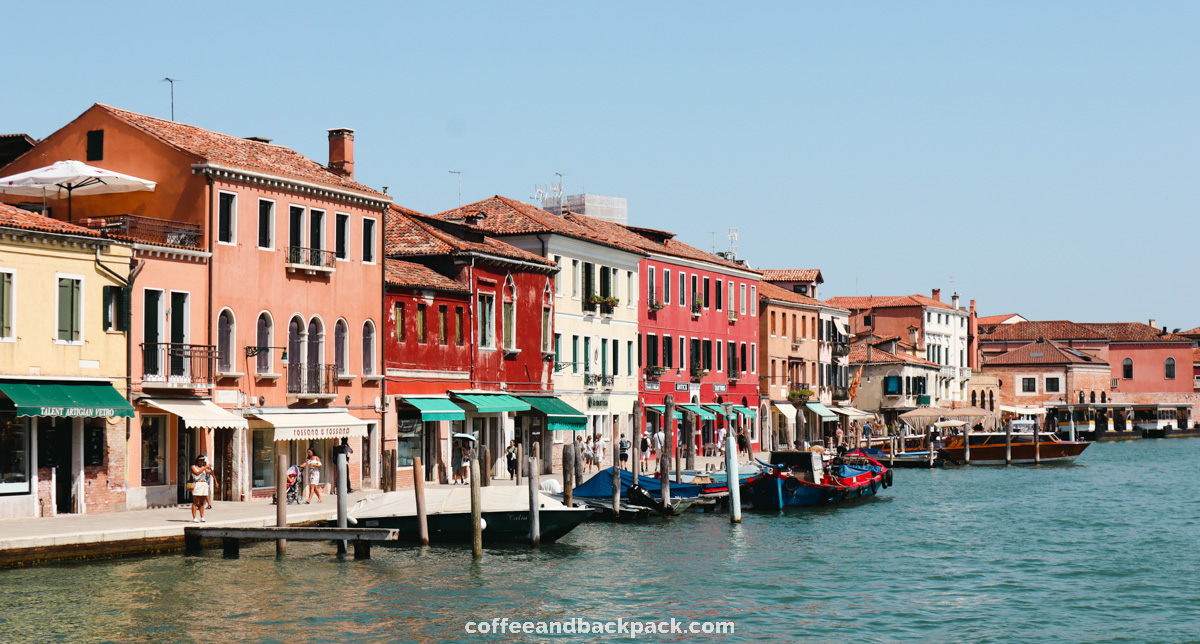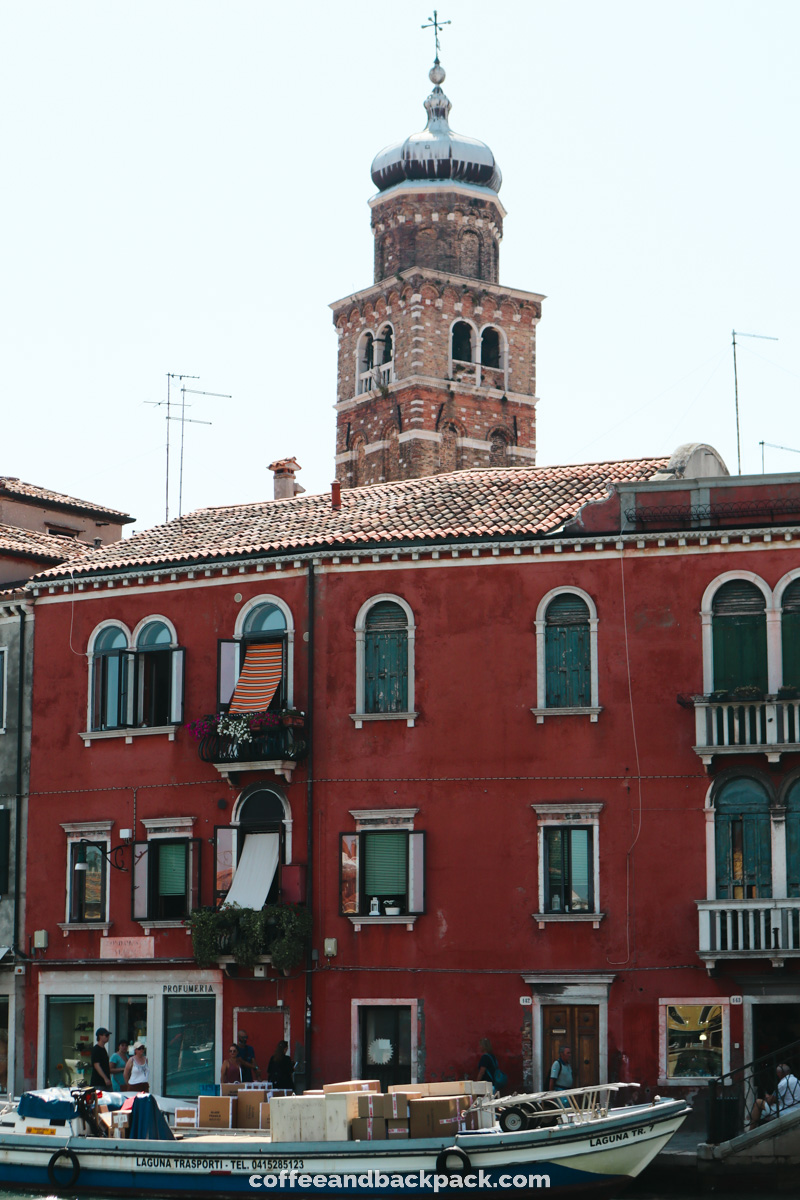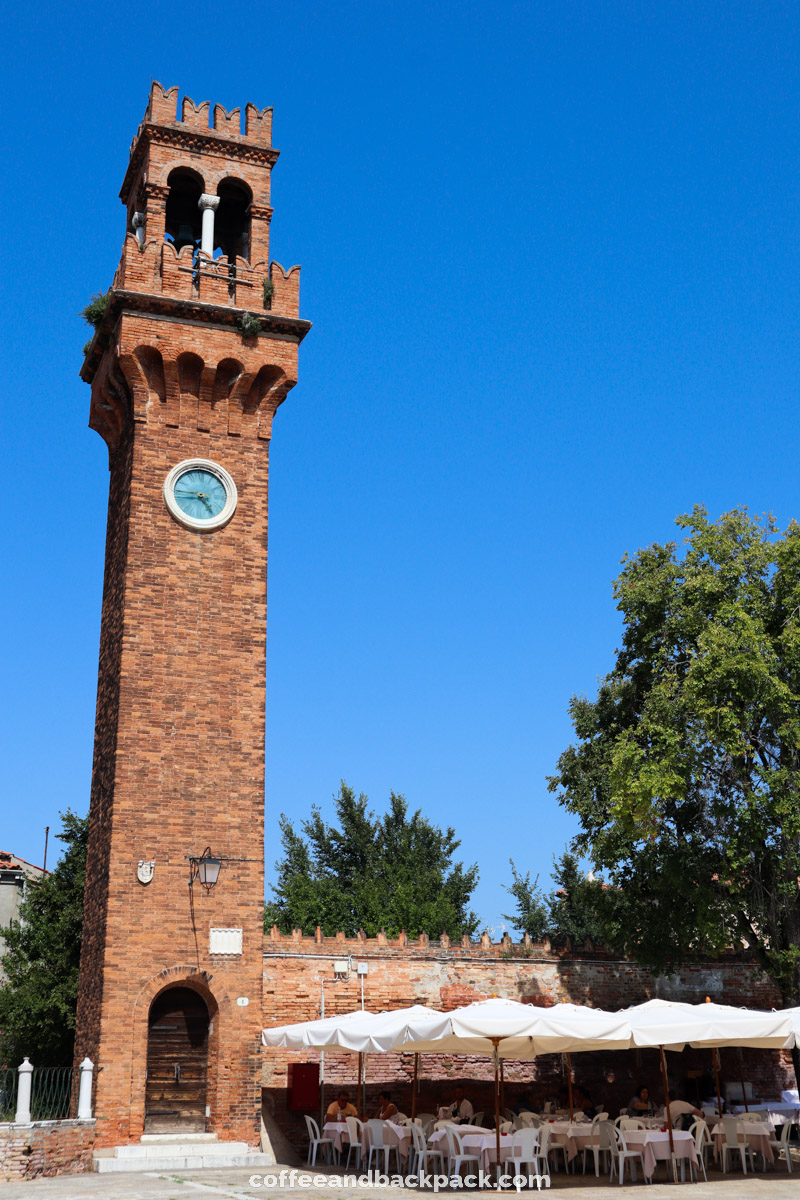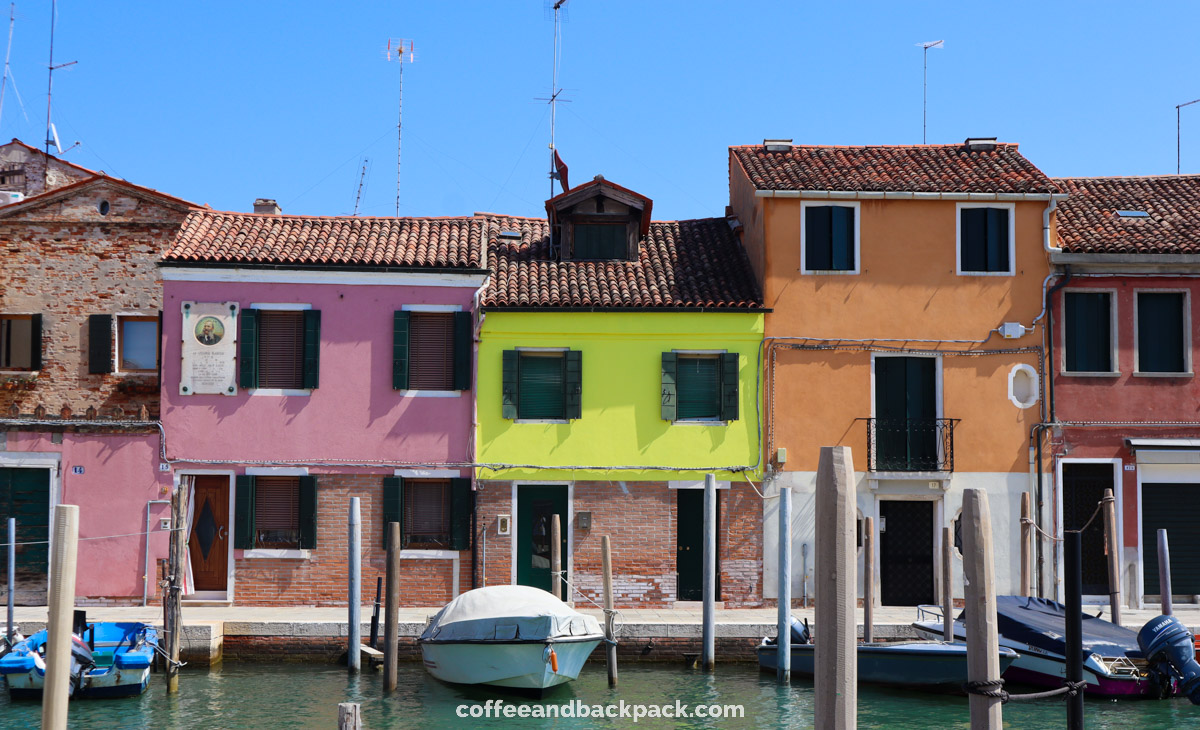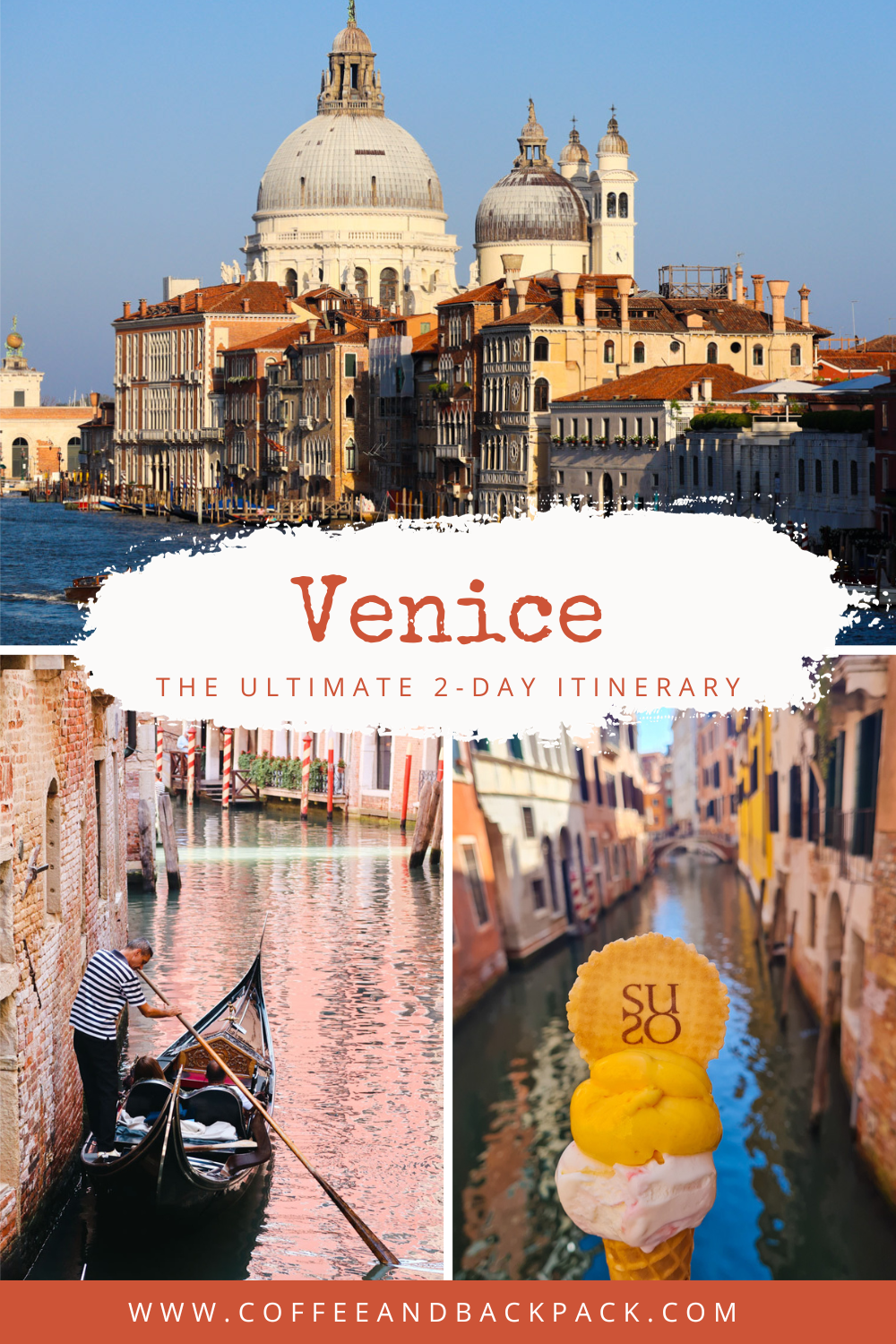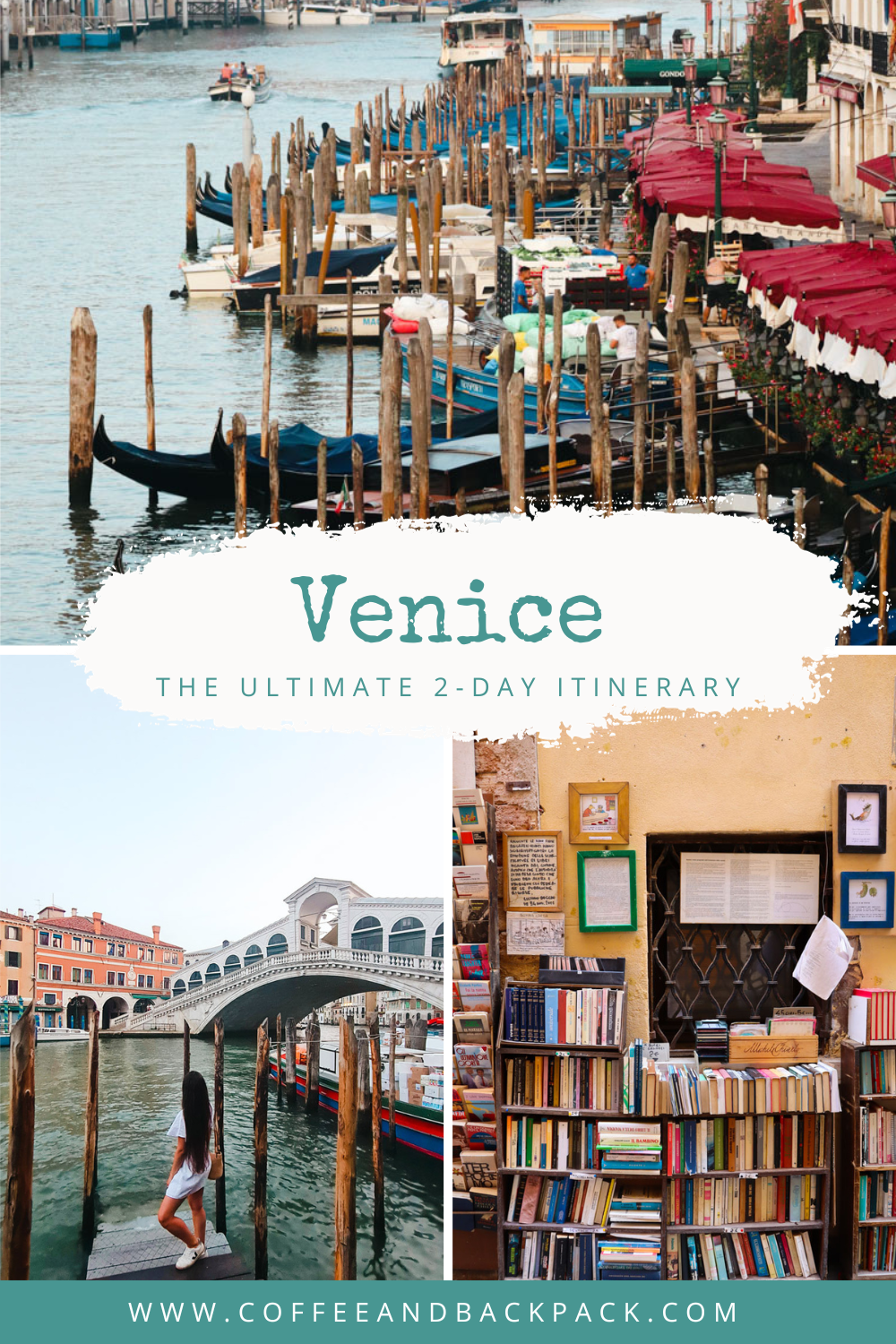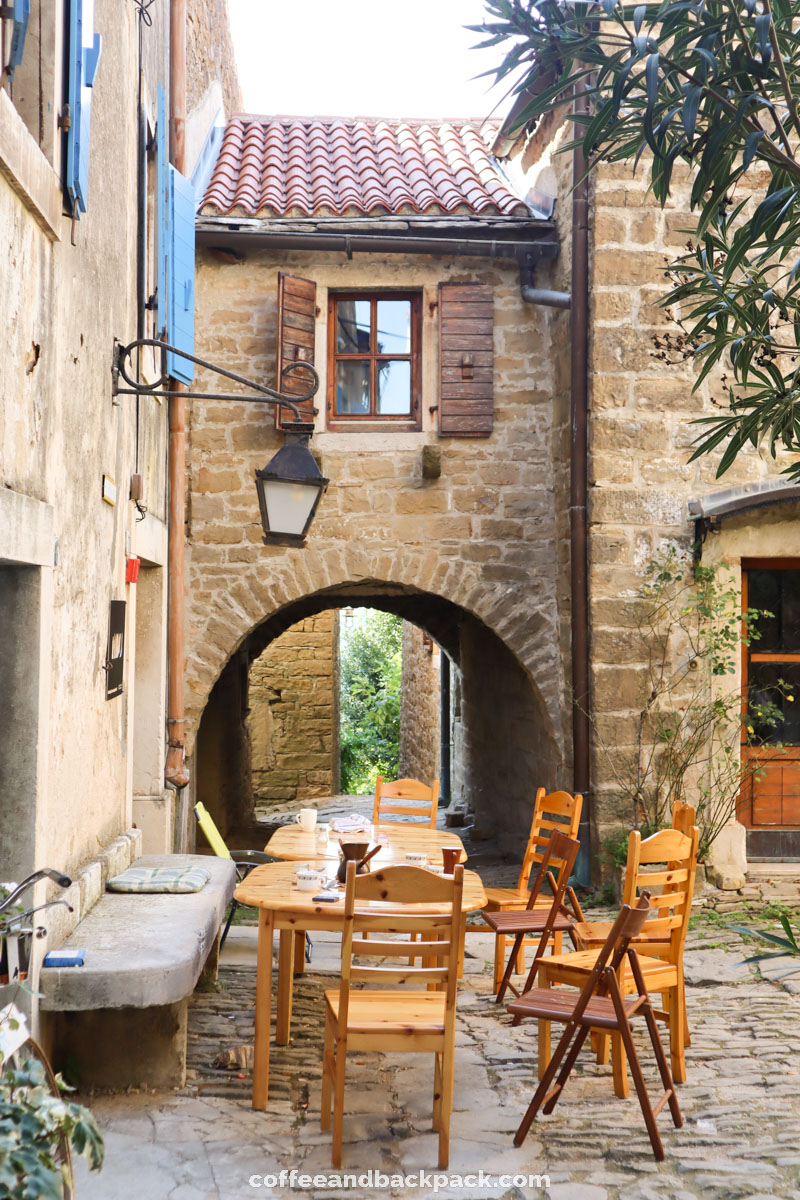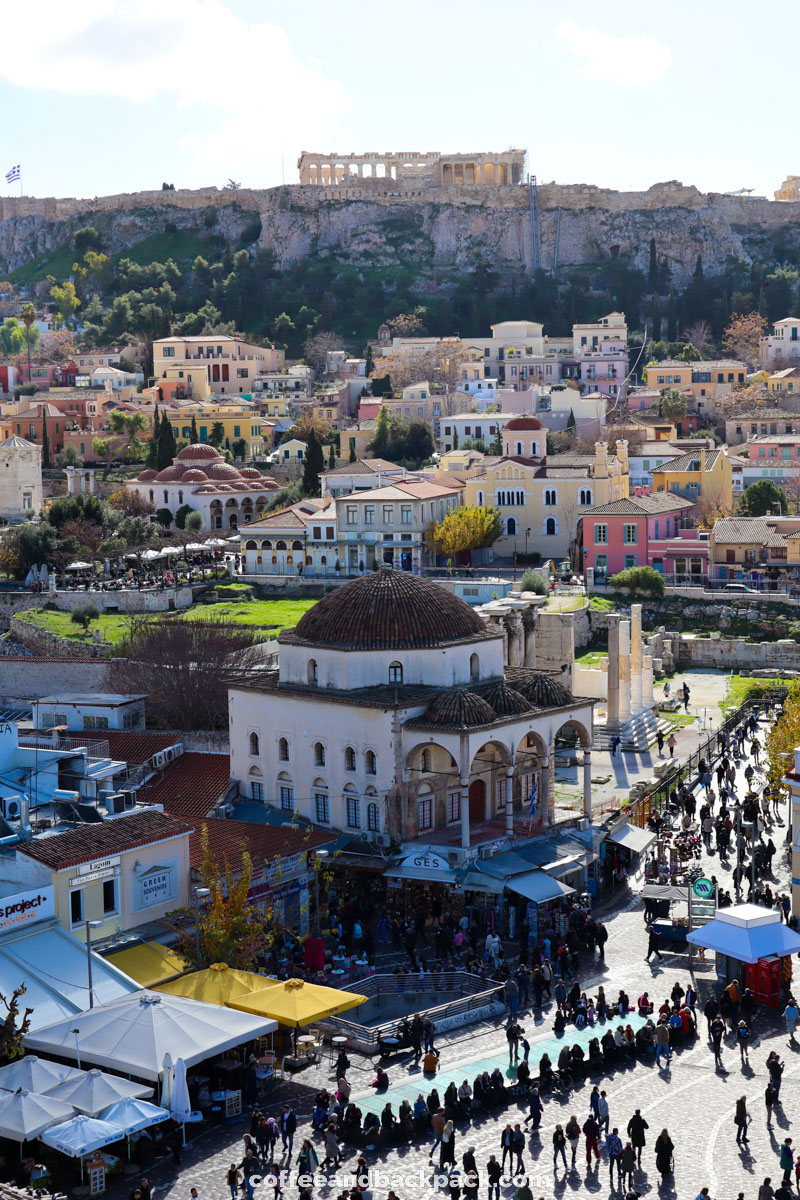Stroll along narrow cobbled streets, past ochre facades, savor a gelato while crossing a canal adorned with gondolas on your way to the Bridge of Sighs, marvel at the religious buildings seemingly floating above this city perched on stilts... Welcome to Venice, La Serenissima. A destination that is romantic, artistic, historical, gastronomic, and simply unique. Venice consistently ranks among the dream destinations for travelers from every corner of the globe, and rightly so. The city is replete with treasures and beauty at every turn, waiting to be discovered on foot or by gondola.
This itinerary covers the must-see attractions and some hidden gems of Venice over two days, making sure you don't miss a single wonder of this floating city.
Good to know before traveling to Venice
Budget
The cost of a trip to Venice can vary depending on the accommodation you choose. For those on a more modest budget, you can stay in a hotel in the floating city for between €70 and €100 a night, breakfast included. Dinner in a trattoria-type restaurant costs around €30 per person. A coffee costs around 2.50 euros, except in Piazza San Marco where everything is a little more expensive.
Italy uses the euro.
Card payments are accepted throughout the city, so don't bother carrying cash for your trip.
Getting around Venice
Venice is entirely pedestrianised, so be prepared to blow up your pedometer during your trip. The city's streets are narrow, and with so many visitors it can feel a little cramped. It's recommended to walk on the right-hand side to avoid congesting the streets. Remember to give way to delivery men who have to carry all their loads, or pull them on trolleys, along the city's cobbled streets. A highly-developed system of boat buses provides access to both sides of the city and to the other islands in the lagoon.
Preparing your trip to Venice
Because of Venice's popularity, it is recommended to book your flight and accommodation at least 2 months in advance. Remember to book attractions such as St Mark's Basilica at least one month in advance.
Day 1 - Rialto bridge, Piazza St Marco, Bridge of sighs, the Arsenal & Gondola tour
Our itinerary begins on one of Venice's oldest and most emblematic treasures: the Rialto Bridge. Built in 1173, this venerable bridge has withstood the test of time through various transformations. Originally made of wood, it was rebuilt in stone in the 16th century, preserving its timeless classical architecture.
In addition to gracefully spanning Venice's Grand Canal, the Rialto Bridge hosts an array of charming shops and lends its name to the fish market located just a few steps away.
We highly recommend a visit to the Rialto Bridge at sunrise. During these early hours, the location is not only devoid of tourist crowds, but you can also witness the ballet of boat deliveries. From food supplies and waste collection to pontoon repairs, in Venice, every activity unfolds on the water.
Continue on to the beating heart of Venice, St Mark's Square. Getting there from the Rialto Bridge couldn't be easier. The direction is indicated on the facades of the houses. Once the political, religious and social centre of the floating city, St Mark's Square is now a meeting place where you can enjoy a coffee and admire the architectural marvels that make up the square, such as St Mark's Basilica, the Campanile di San Marco and the Doge's Palace. A visit to St Mark's Basilica is scheduled later on this itinerary.
Tip
Be careful as indulging in a drink at Piazza San Marco may come at a slightly higher cost compared to other parts of the city, especially when accompanied by live music. Prices tend to increase by an average of €6 during musical performances.
In Piazza San Marco, discover the sumptuous
Caffé Florian, a veritable Venetian institution since the 18th century, whose illustrious customers have included the likes of Dickens and Madame de Staël. This place transports you to a bygone era, with waiters dressed in white and coffee elegantly served on silver trays. Every detail is meticulously attended to. As a sumptuous venue, prices are very high at Caffé Florian.
The square is home to the famous Venetian campanile of San Marco. Standing 98 metres high, it boasts a statue of the Archangel Gabriel at the top. Looking at this majestic bell tower, it's hard to believe that it collapsed in 1902.
The Campanile welcomes visitors from 9.30am to 9.15pm all year round.
Tip
You can climb to the top of the bell tower for a panoramic view of St Mark's Square. Admission costs 15 euros. You can book your ticket in advance on
this website.
Proceed toward Piazzetta San Marco, the charming square that precedes Saint Mark's Square. Graced by two imposing columns, this petite square serves as the city's gateway, offering a captivating view of the expansive Adriatic Sea.
Near Piazzeta San Marco is
the Doge's Palace, or Palazzo Ducale, and the famous
Bridge of Sighs. This palace of Gothic and Renaissance architecture was the seat of Venetian government for over seven centuries. It can be visited all year round between 9am and 6pm. It was built to reflect all the economic, military and political power of Venice at a time when the city was one of the most powerful in Europe. The palace is a labyrinth of sumptuous halls that were once home to the debates and decisions of the Doges who ruled Venice. The city counted nearly 120 Doges over a period of 1100 years.
The iconic Bridge of Sighs (Ponte dei Sospiri) links the palace to the prison. Legend has it that newly condemned prisoners would savor the beauty of Venice one final time from the bridge before returning to the darkness of their cells.
If you don't want to visit the palace, you can admire its sumptuous architecture from the small Piazza San Marco. For a unique view of the Bridge of Sighs, head for the Ponte Della Paglia.
Just a stone's throw from St Mark's Square is the picturesque little district of Fondamenta Osmari. Follow the narrow streets to the Ponte Dei Carmini, from where you can admire a building of unusual architecture. Don't miss out on a visit to the oldest mask shop just in front of the bridge.
Head up Via Ruga Giuffa, where you'll find souvenir shops as well as numerous cafés and restaurants for a lunch break. In a small side street off Ruga Giuffa is the Porta Blu. This is the most photographed door in Venice, and for good reason: with its Gothic shape and faded blue, it looks like the entrance to a palace hidden at the end of a dead-end street. Venture into the alleyway to photograph the door, and you'll see that the alleyway is not a dead end and that another alleyway leads off to the left. This is the charm of Venice, an endless labyrinth of alleyways.
Ten minutes further on is the Venetian Arsenal, once a powerful military complex employing up to 3,000 people. It is said that a warship could be built in a single day in the days of Venice's great power. The Arsenal is a testament to the city's maritime grandeur and expertise in shipbuilding, which played an essential role in the power of the Venetian Republic.
Towards the end of the day, when the sun's rays have only faintly entered the narrow streets of Venice, and after walking for most of the day, is the best time for a gondola ride.
Gondolas are Venice's historic boats, once used as a private means of transport and now used exclusively by tourists. Painted black and 10 meters long, they are propelled through the city's canals by a gondolier wearing a black or red striped T-shirt.
Traditionally a man's job, the gondolier profession has only recently been opened up to women. It was only in 2009 that a woman was allowed to drive a gondola for the first time.
A 30-minute tour costs 80 euros. At the end of the tour, the gondolier will take you back to the starting point. Unfortunately, not all gondoliers are so talkative as to give you information about the city or their job, so don't hesitate to ask questions. The price is the same whether you are alone or with others on the gondola.
The city takes on a whole new perspective from the canals. It's an ideal vantage point from which to observe things you might not notice from the narrow streets of Venice, such as private bridges built to access a house, garages bathed in water to park your boat, or alleyways that end in the canal.
Finish your first day in Venice by crossing the Ponte dell'Accademia, one of the four bridges spanning the Grand Canal, at the southern end of the canal. This bridge was originally intended to be temporary, and made of stone. Eventually it was made of wood, and is now reinforced with metal arches.
The view of the Basilica of Santa Maria della Salute from the bridge is simply incredible. It's a real postcard of Venice, illustrating the architectural prowess of a city built on water, where grandiose homes and monuments coexist harmoniously. From the bridge, it's a 15-minute walk to the Basilica esplanade. Comprising two domes and two campaniles, the basilica is built on more than a million piles.
Day 2 - Acqua Alta Bookshop, Basilica San Marco, Palazzo Contarini del Bovolo & Murano island
This second day in Venice begins with the Rialto market. Located just a few steps from the bridge, this market comes alive early in the morning. Locals come here to stock up on fruit and vegetables, but above all fish, shellfish and octopus freshly caught in the lagoon. For visitors, this market is a veritable theatre of local life, which you can visit after crossing the Rialto Bridge and before venturing out into the streets of Venice.
Walk along the Riva de l'Ogio to admire the facades of the buildings on the other side of the canal.
Just a few steps from the market, don't miss the wooden bridge that leads to the Poste Vecie restaurant. This bridge is much photographed, so take advantage of being at the Rialto market early in the morning to visit it.
Cross the Rialto bridge to reach the Acqua Alta bookshop. On the way, stop to admire the windows of the insta-famous
Ristorante Sempione overlooking the water.
The
Acqua Alta Bookshop has become a must when visiting Venice. It opens its doors every day from 9am to 7.20pm.
The bookshop occupies the ground floor of a charming building, making it vulnerable to rising waters, hence its name. The vast majority of the books and magazines sold in the bookshop are second-hand, making for a great bargain. There are books available in different languages such as English, French and spanish. I found a historical novel in French and a travel book about the Amalfi coast. It is also a great place to shop souvenirs and books dedicated to Venice and its history.
An entire gondola set up in the middle of the bookshop serves as a display for the latest releases. A rear courtyard, where books are stacked in the shape of a staircase, offers a view of the canal.
Made popular by social media, the bookshop is quickly packed with tourists who have little interest in books and come to the bookshop only to have their photo taken.
We recommend going there at 9am for the opening.
This itinerary continues with another visit, best undertaken in the morning to make the most of it. The visit to St Mark's Basilica.
As the patron saint and symbol of Venice, it was only natural that the basilica should be dedicated to St Mark, where he now rests as a relic. The lion being his symbol, representations of lions can be found throughout the basilica, the main one being the golden lion statue on the basilica's façade. The interior of the basilica is breathtaking. The floor is covered in colorful mosaics, and the lower walls are made of dark marble, contrasting with the domes decorated with frescoes on a golden background.
Tip
Book your visit to the basilica in advance on
this website. Pre-booking costs just €3 more than the standard admission ticket and comes with a skip the queue advantage. You'll need a different ticket, more expensive, to access the roof of the basilica and the altar.
Remember to cover your knees and shoulders. You may be asked to do so by the security team at the entrance to the basilica.
Continue on to one of Venice's most emblematic palaces, Palazzo Contarini del Bovolo. This palazzo is famous for its exterior spiral staircase. Situated precisely between the Rialto Bridge and St Mark's Square, the palace overlooks a small square from which you can admire the staircase.
For €8, you can enter the palace and climb the six floors to admire the view from the observation platform at the top of the staircase.
The palace is open daily from 10am to 6pm.
After a morning of sightseeing, take a refreshing break at
Gelatoteca Suso. This is one of Venice's must-visit ice cream shops. Despite its popularity, the service is so efficient that you won't have to wait too long to get your delicious Gelato. There's a wide choice of flavours, and they change quite frequently. Grab an ice cream and sit on the Sant'Antonio bridge to enjoy it while watching the gondolas come and go on the canal.
To round off this two-day itinerary in Venice, take one of the many water buses to one of the islands in the Lagoon. The must-see islands are Murano and Burano. To visit Burano, you'll need to allow a full day on your itinerary, as the boat journey from Venice takes a good hour. For a half-day visit, we recommend going to the island of Murano.
To get to the island of Murano from the centre of Venice, aim for the F.te Nove B station. Several bus boats run to Murano at regular intervals, and you can buy your ticket at a terminal directly at the station. A one-way ticket to Murano Island costs just under €10.
To get to Murano, the boat follows a corridor in the lagoon, where you will come across all kinds of boats. A stop is planned on the cemetery island of San Michele.
We recommend getting off at the boat bus stop at the southern end of the island and walking up the canal to admire all the beauty of the island of Murano, then taking the boat back to Venice from the Venier or Murano Da Mula stops.
Murano is only about just over one square kilometer and is famous for its glassworks.
After causing several fires in Venice, glassmakers were relocated to the island of Murano in the 13th century. This know-how is still passed down from generation to generation and protected by Murano's islanders. The island includes the Glass Museum and several shops displaying the various works of art, jewelry and crockery produced on the island.
Strolling along the canal is a most pleasant experience. The island is a peaceful escape from the hustle and bustle of the Venetian streets, offering a moment of serenity in the midst of a similar, if miniature, setting to Venice.
This visit to the island of Murano concludes our two-day itinerary in Venice.
Like this article? Save it on Pinterest!
